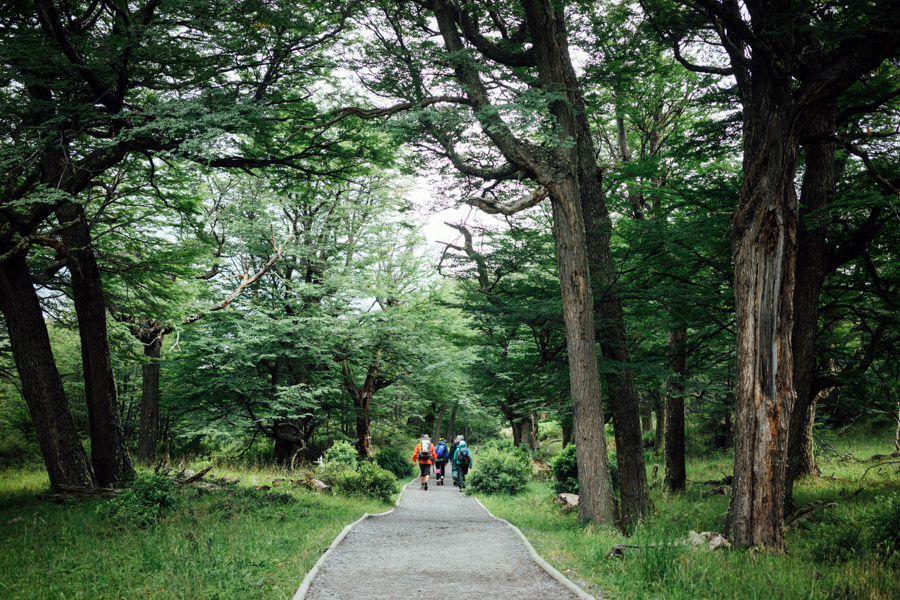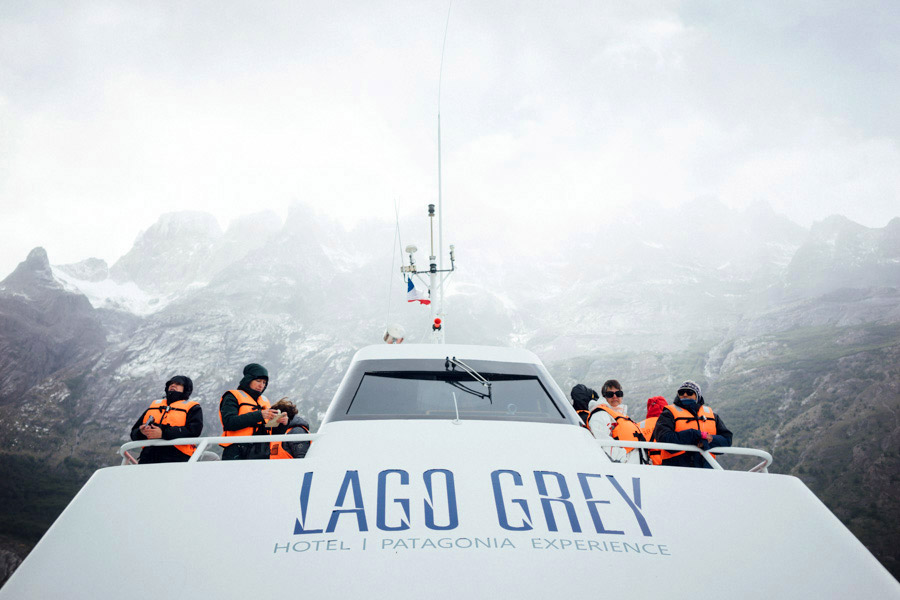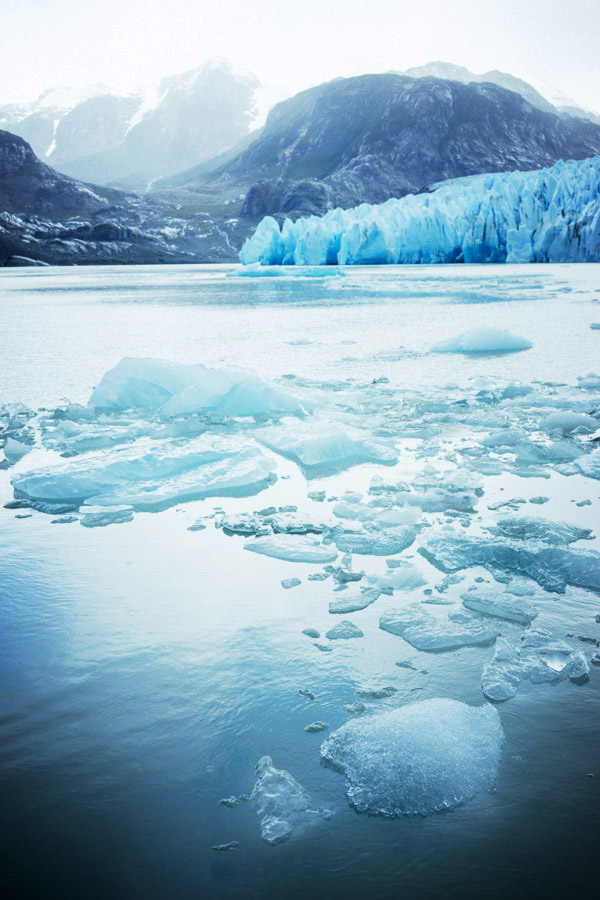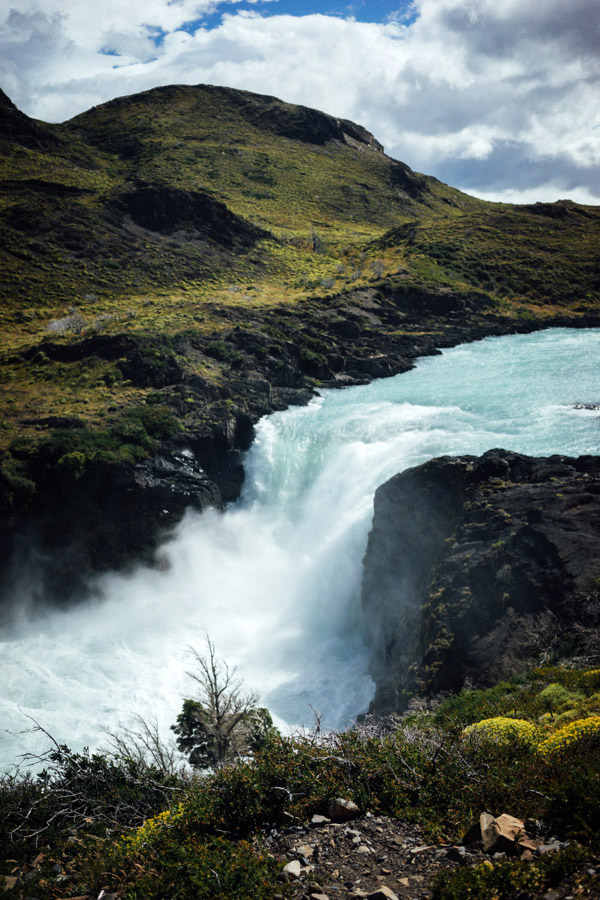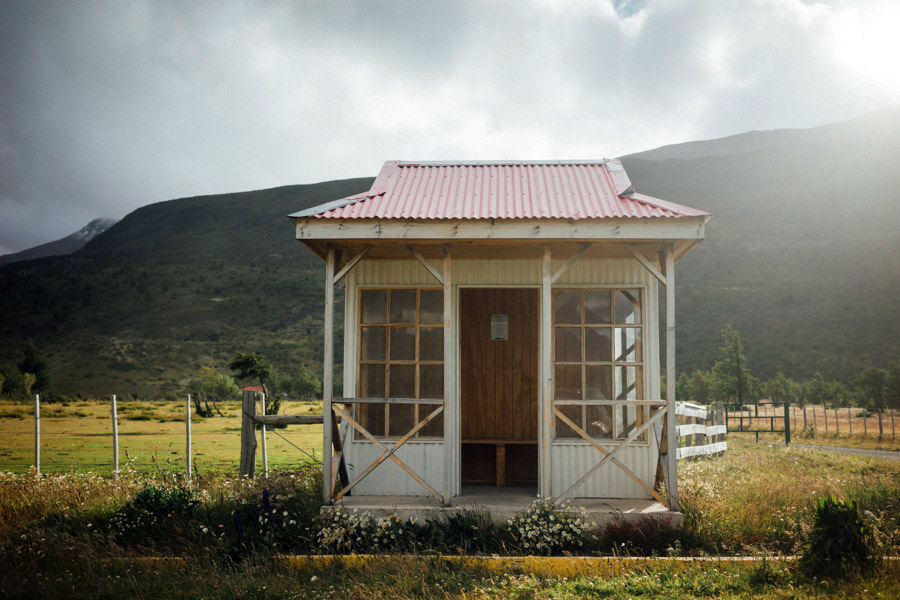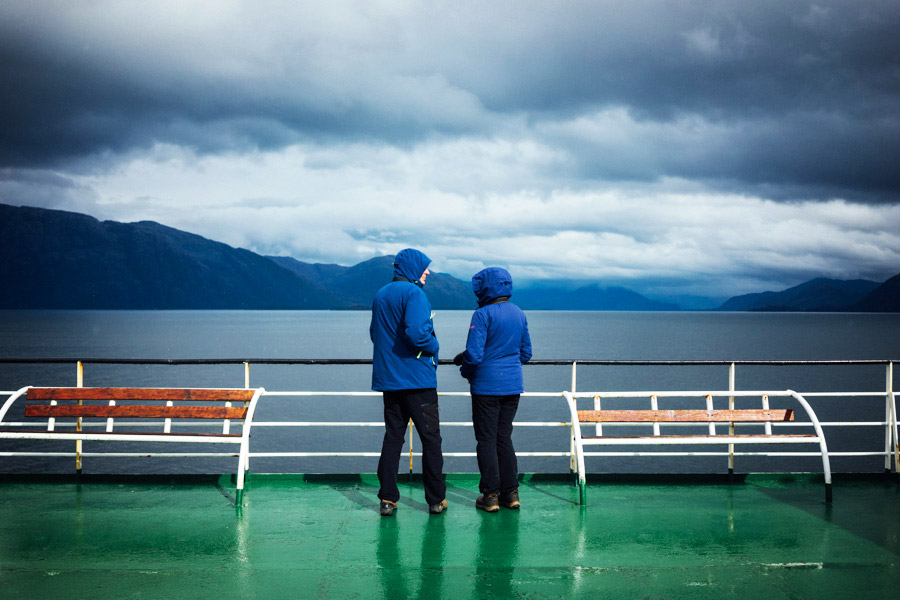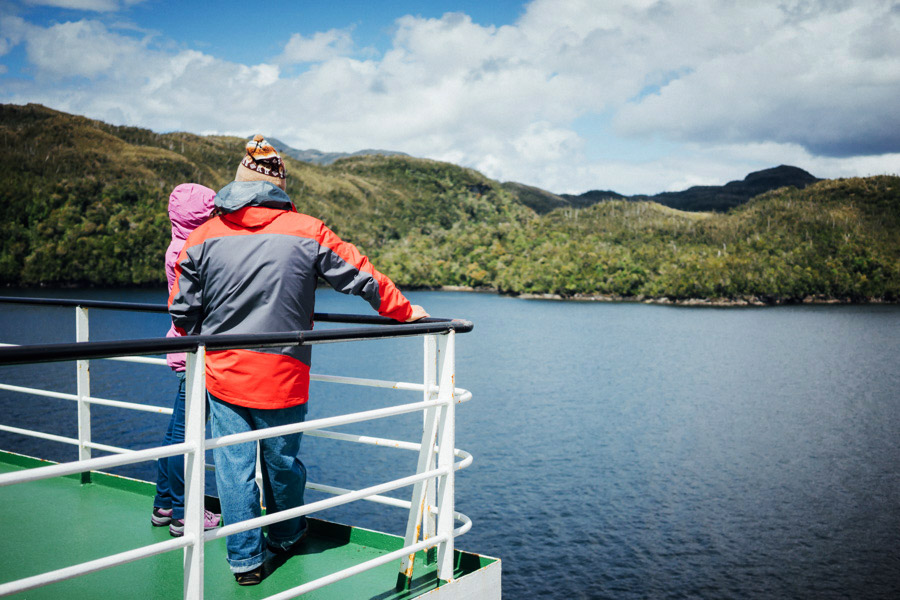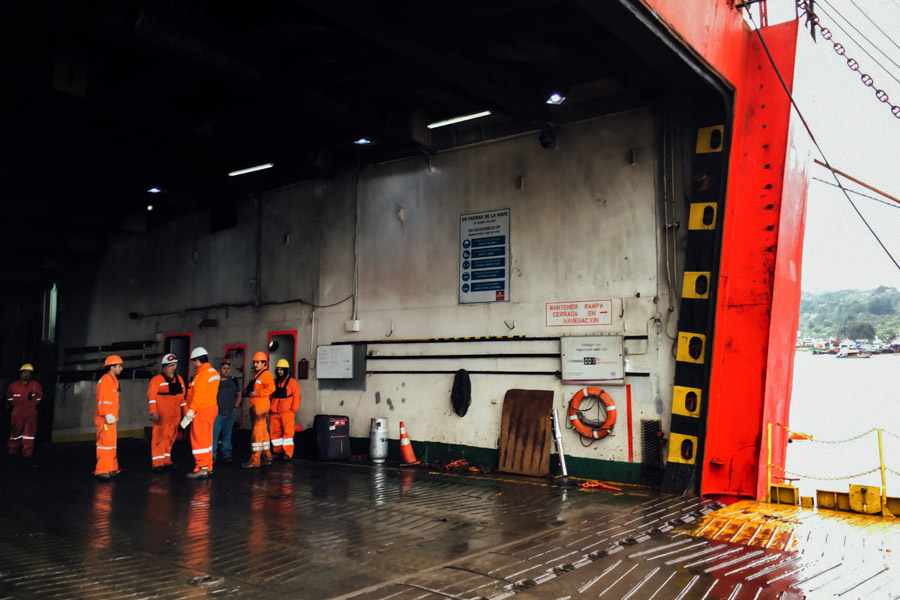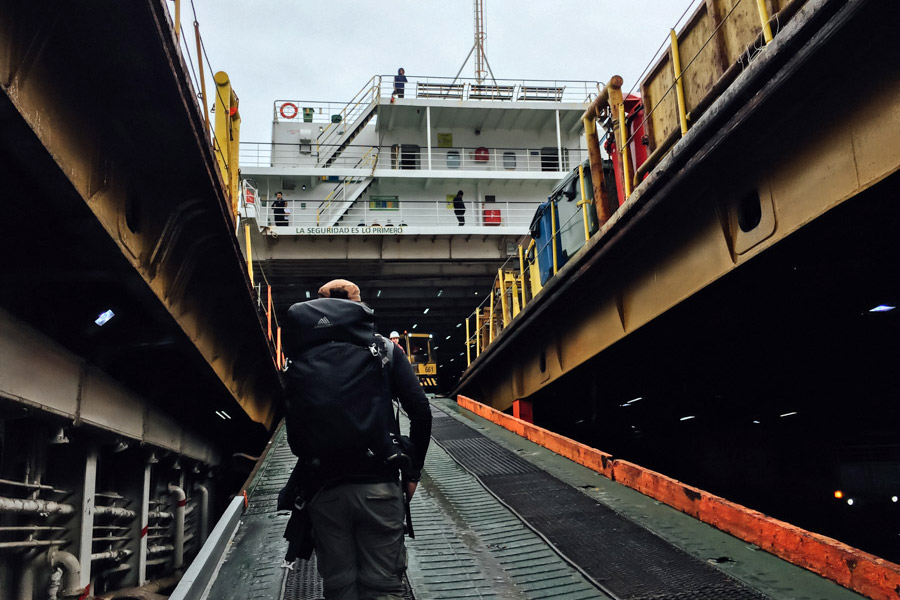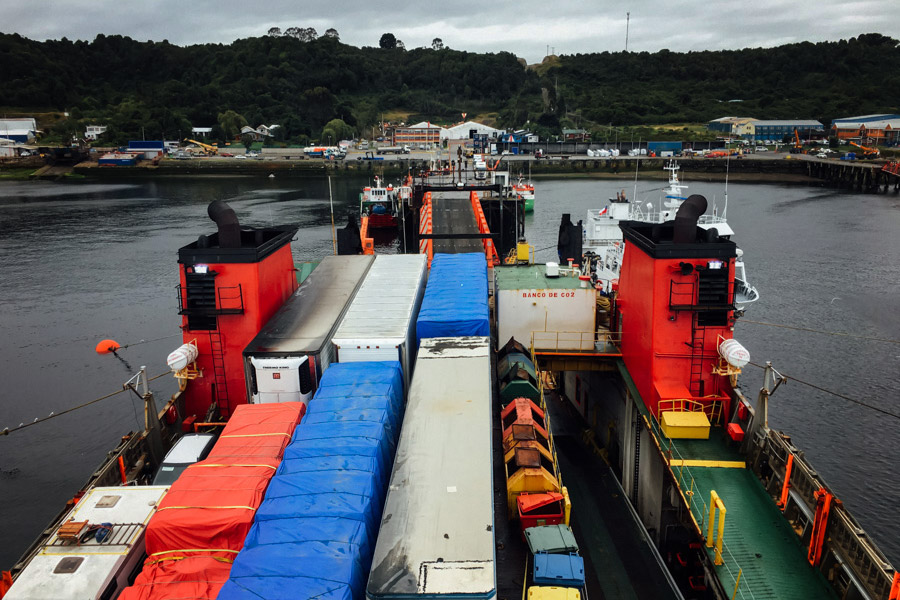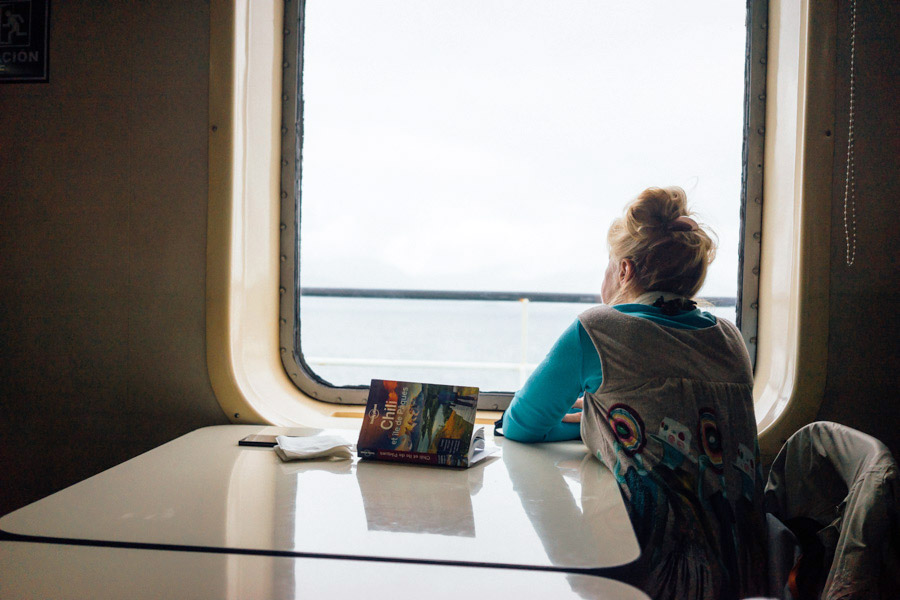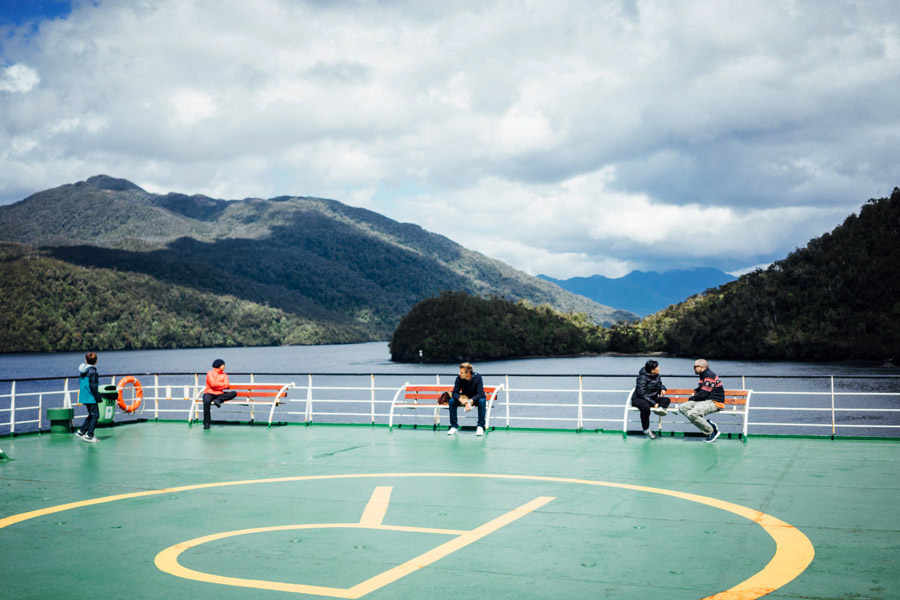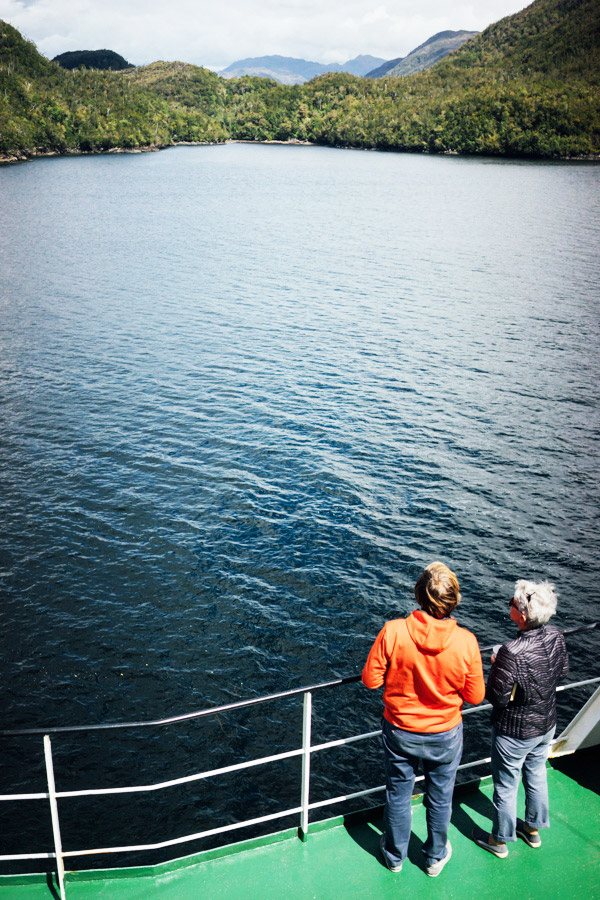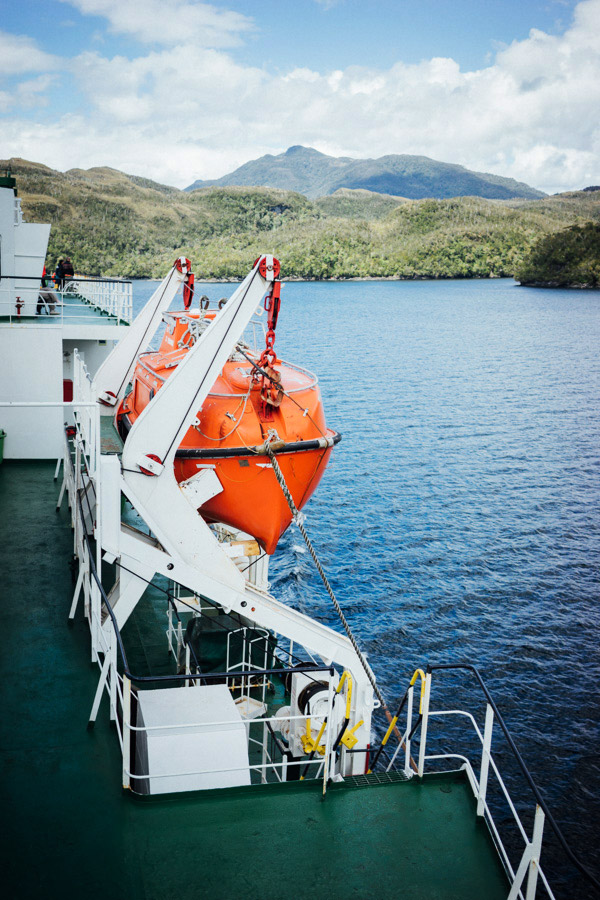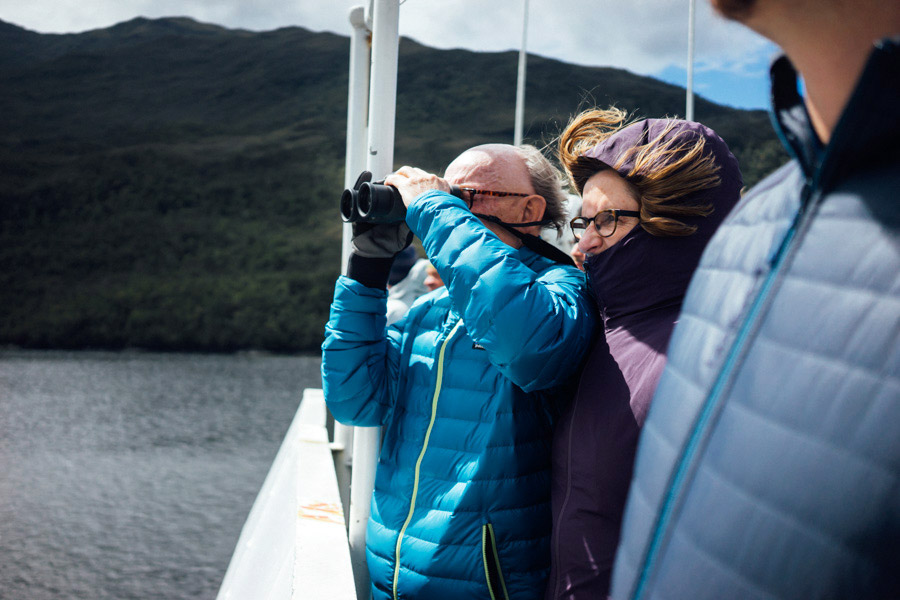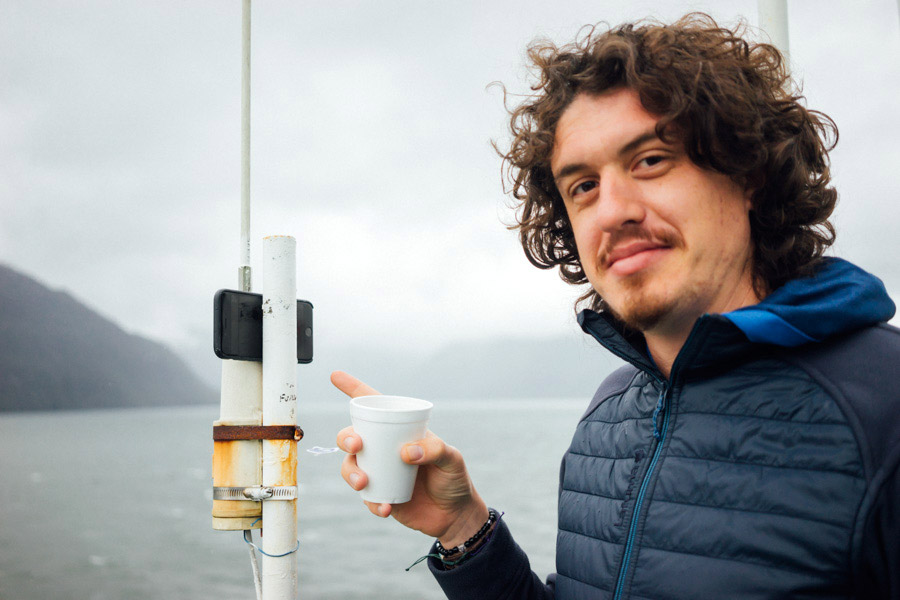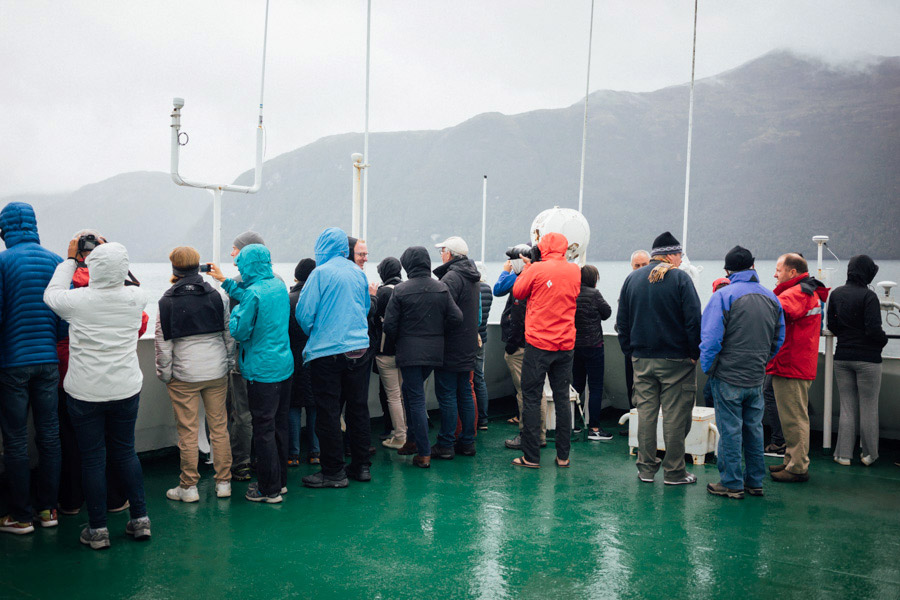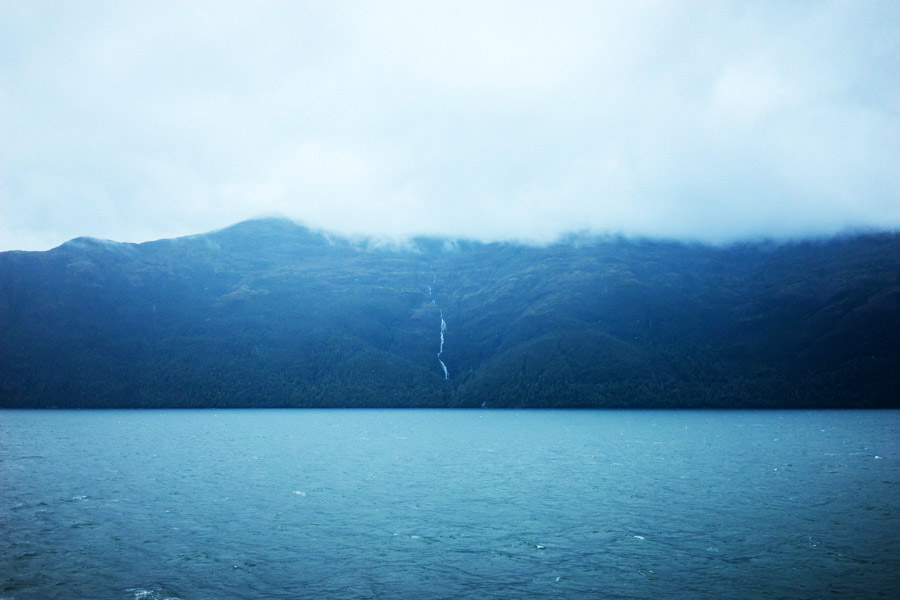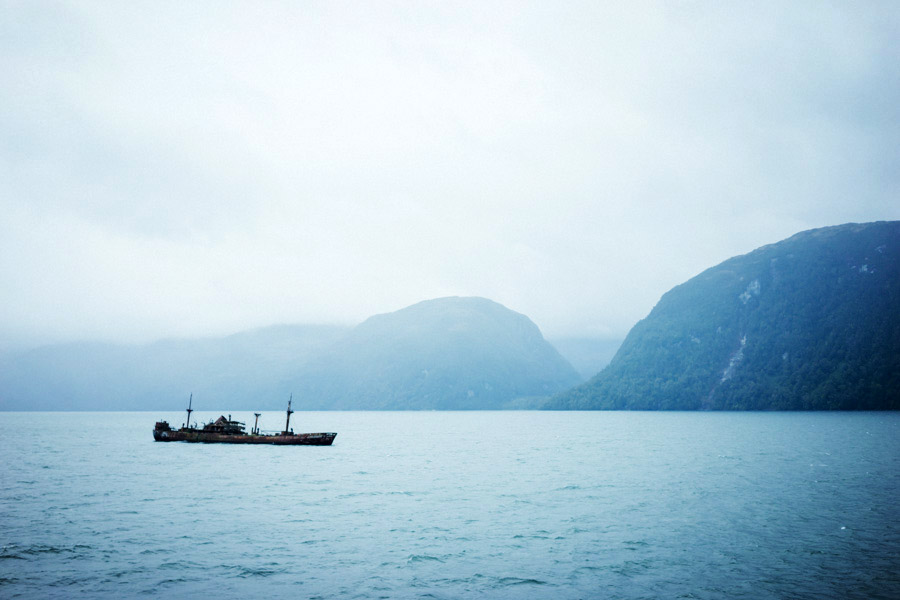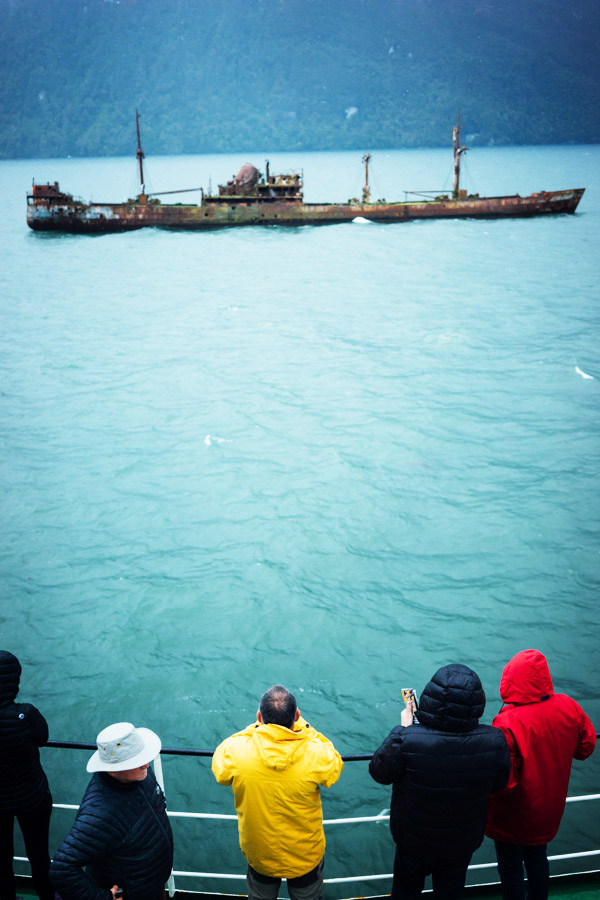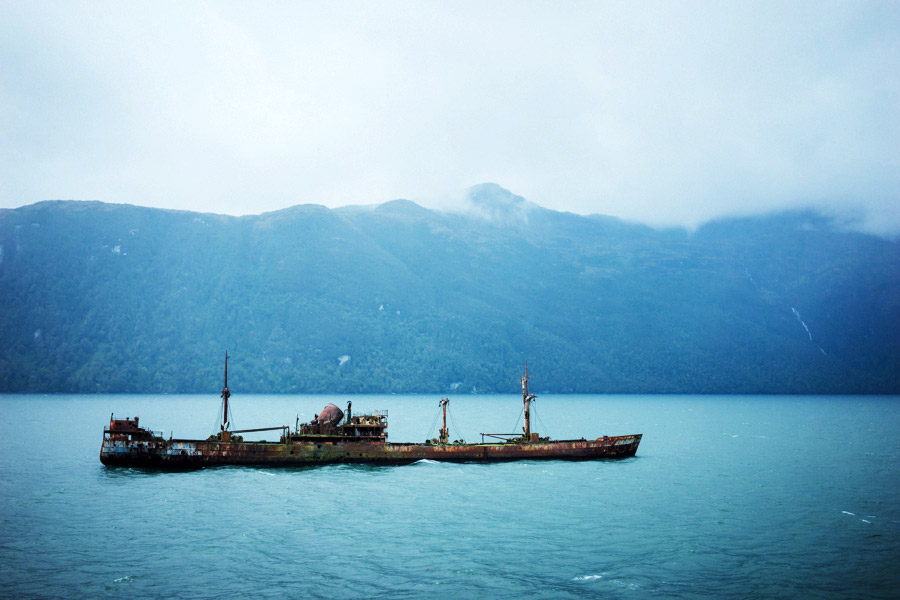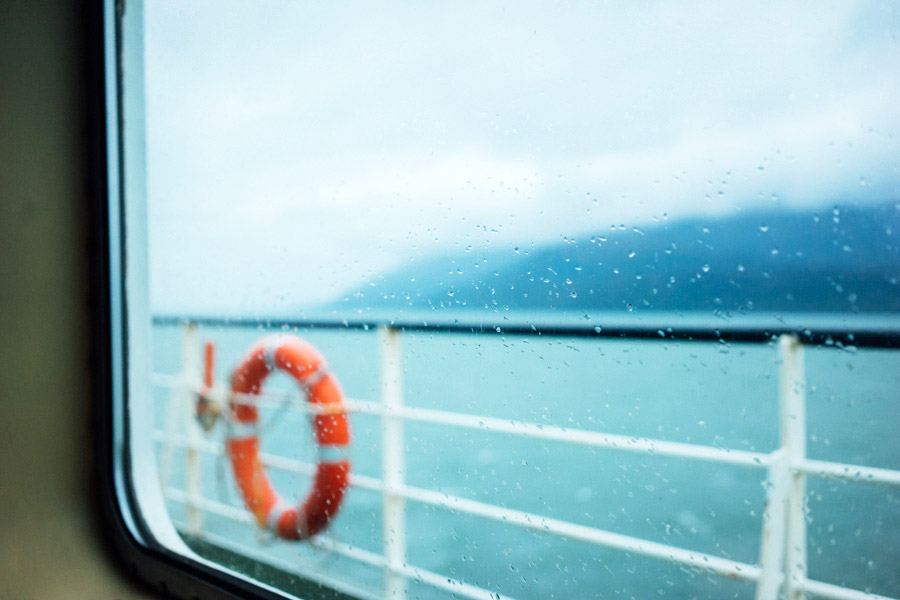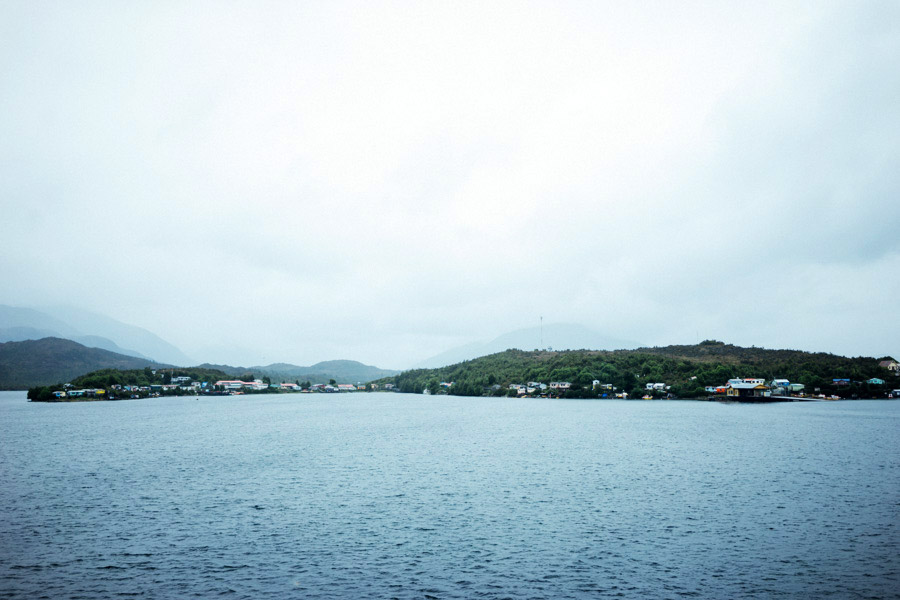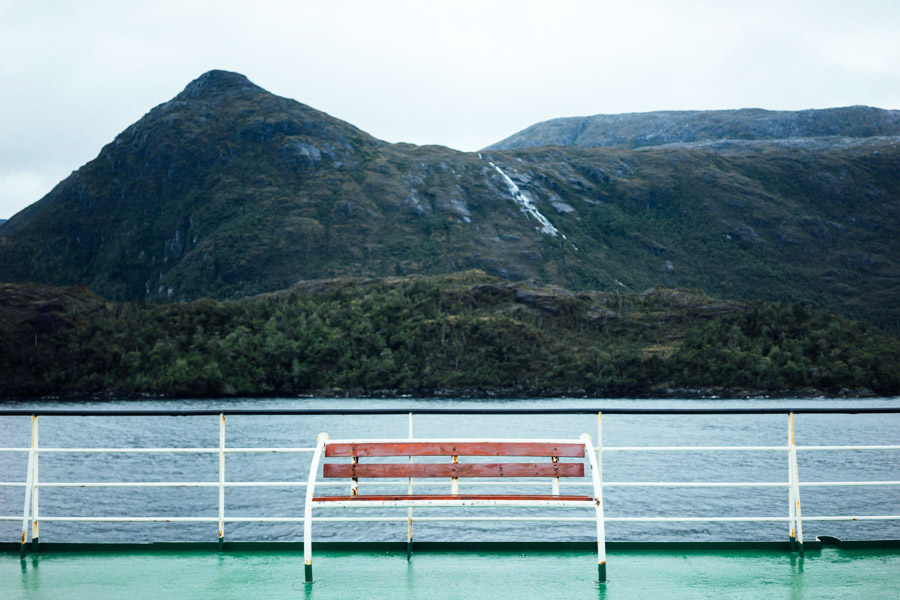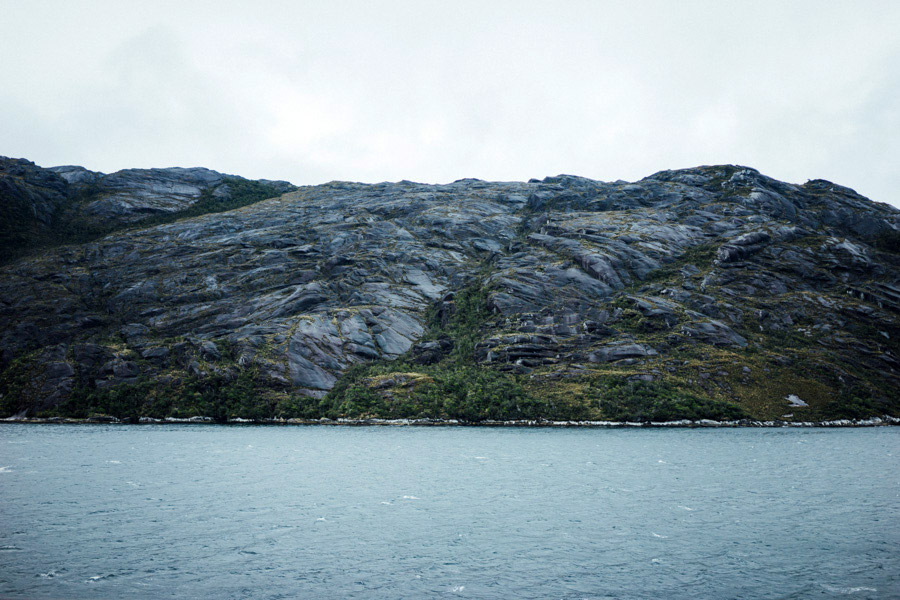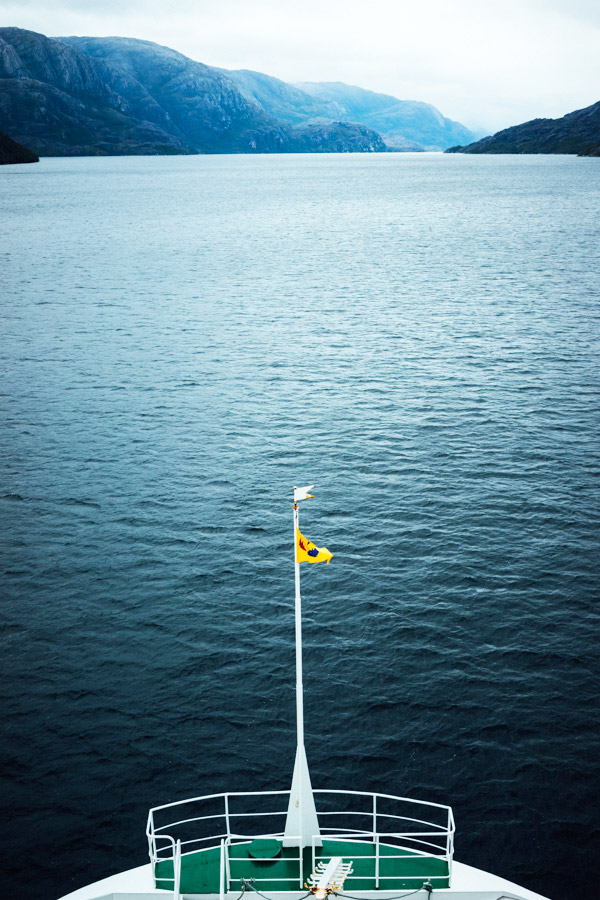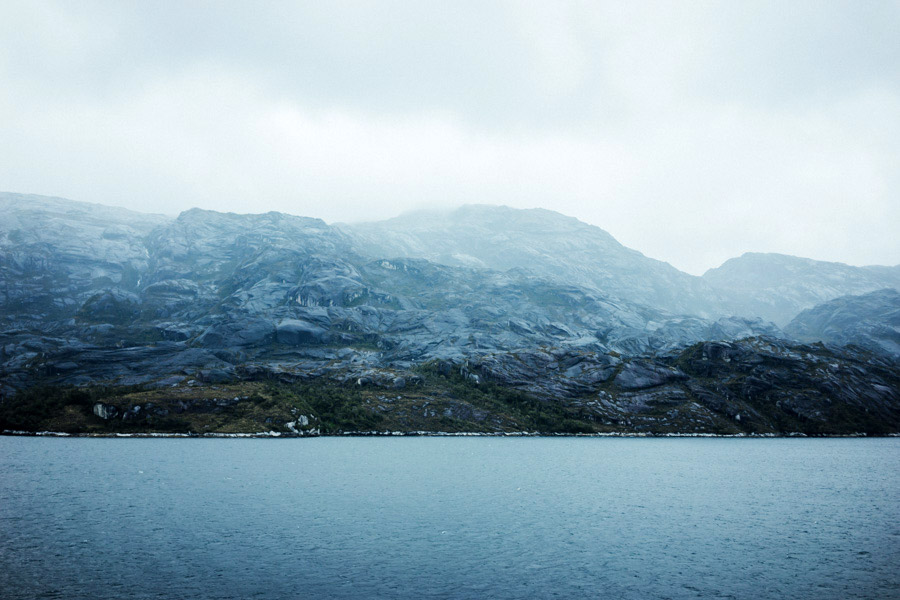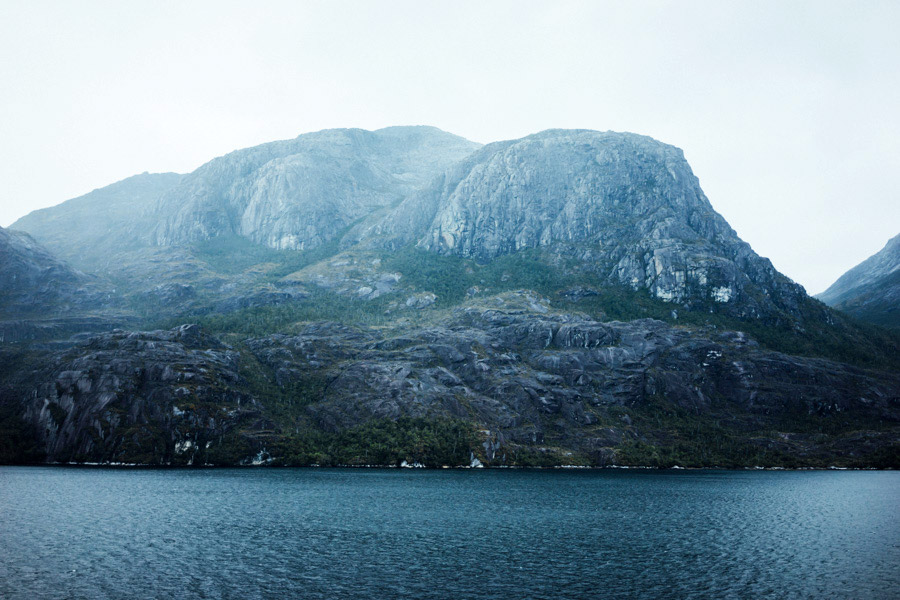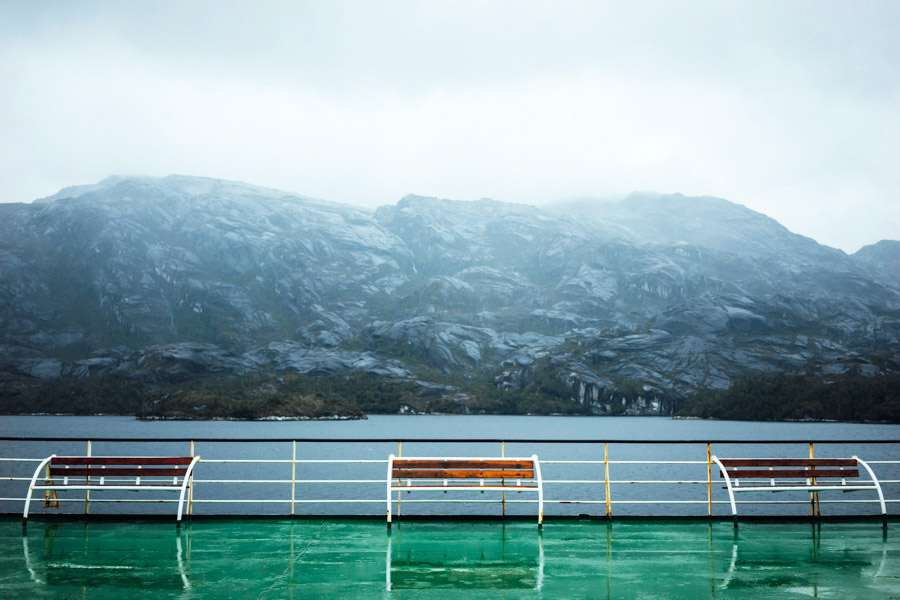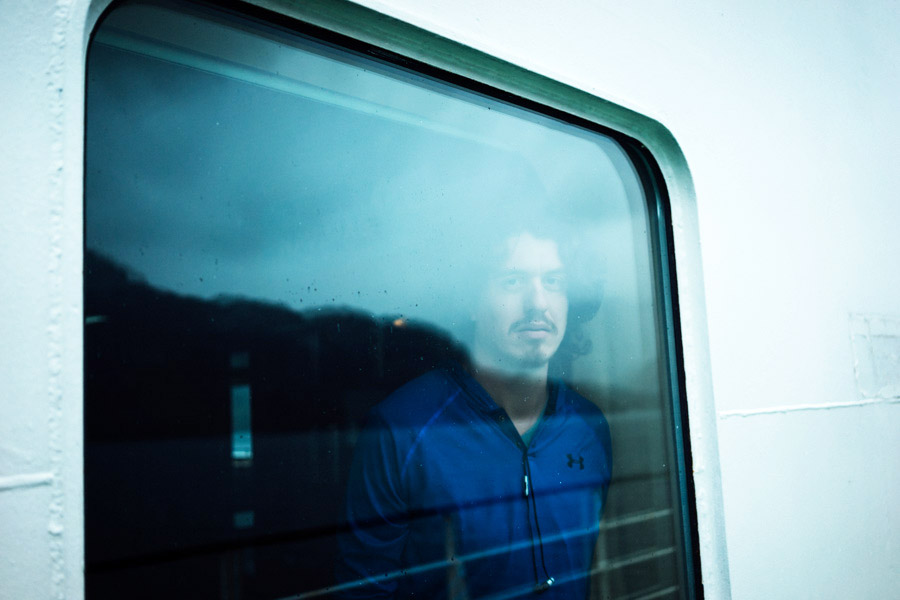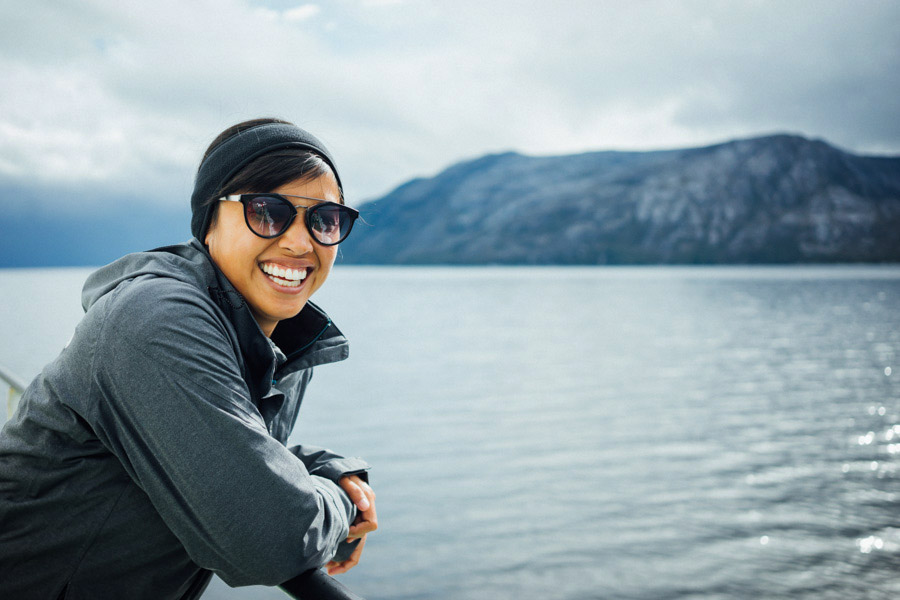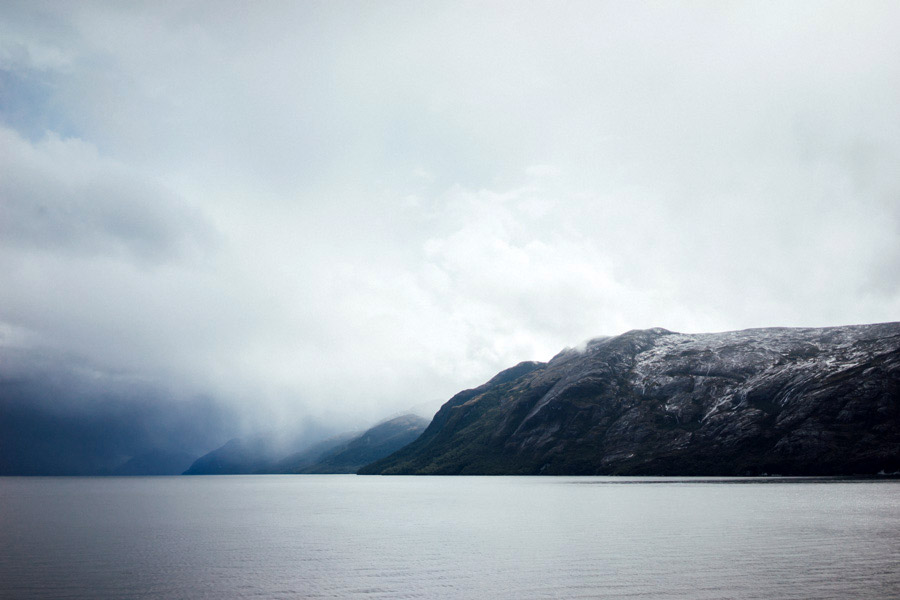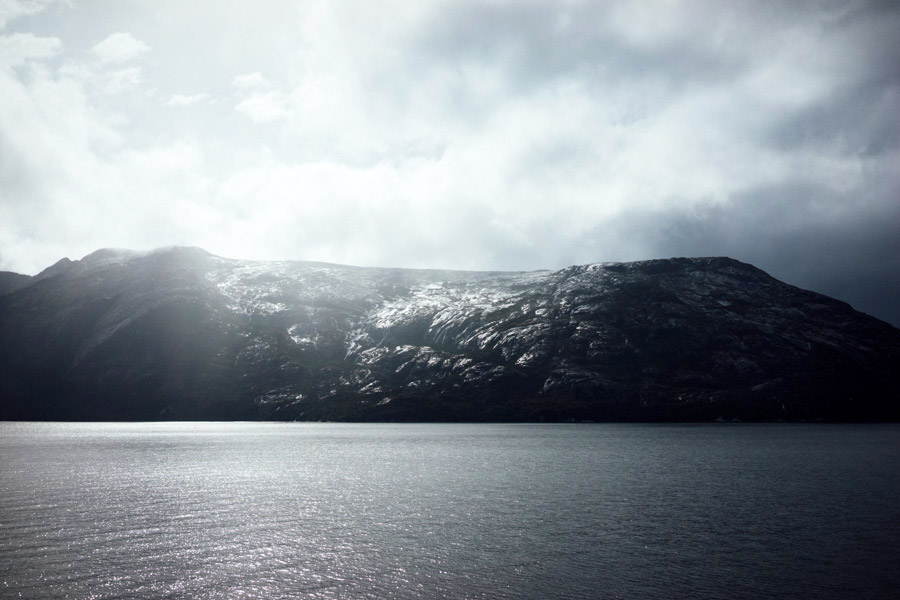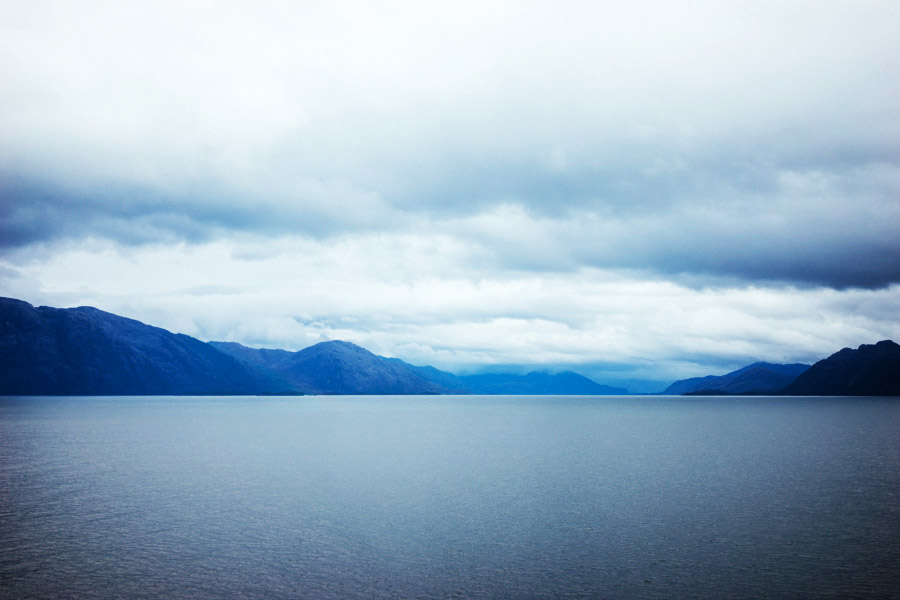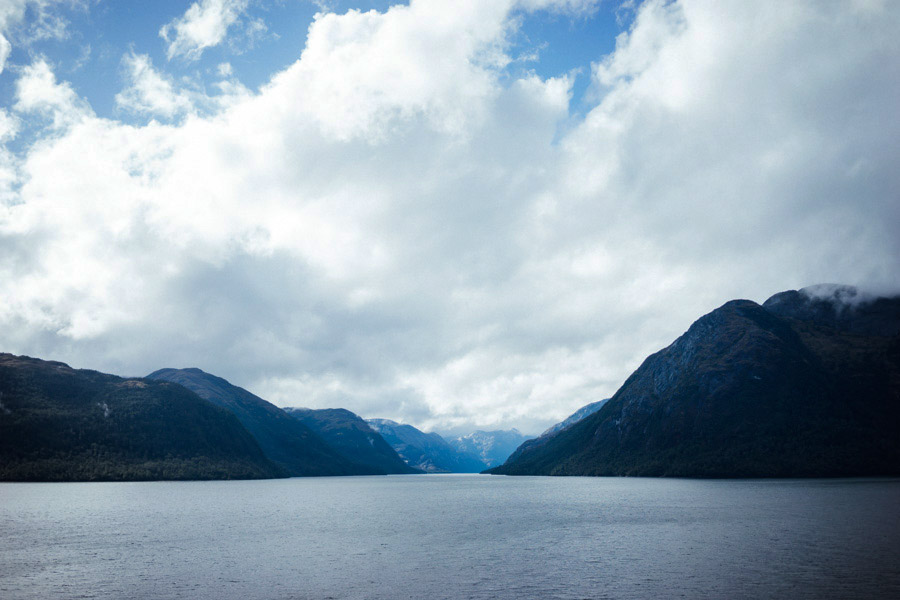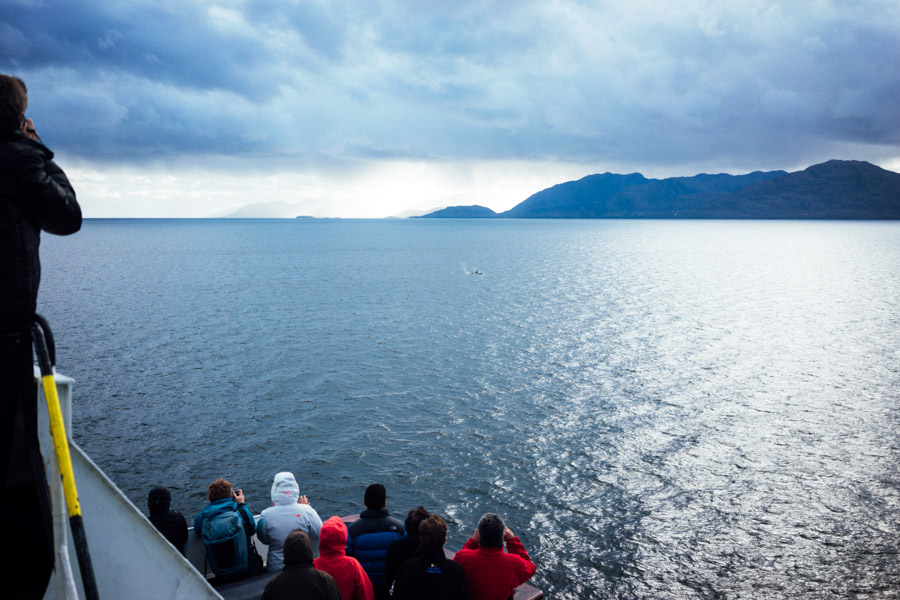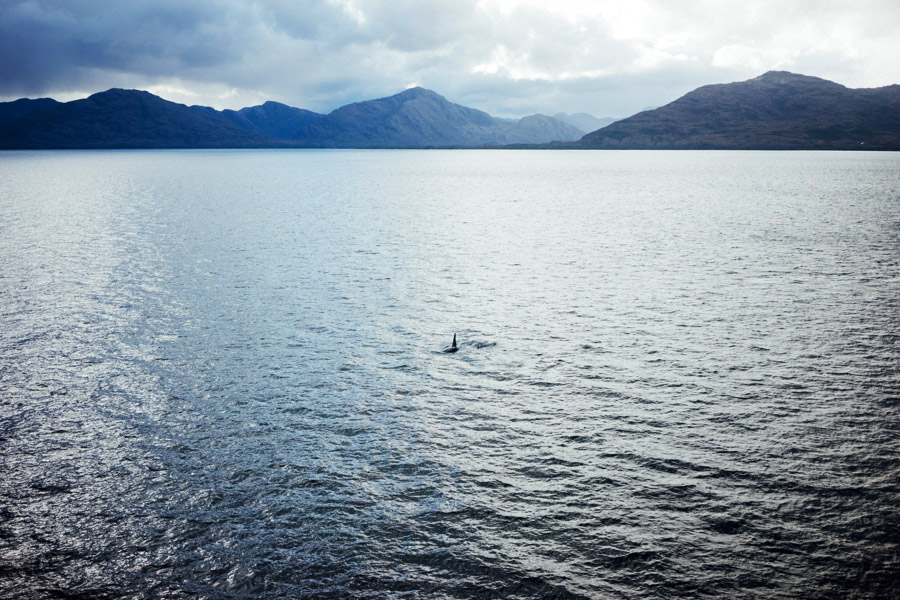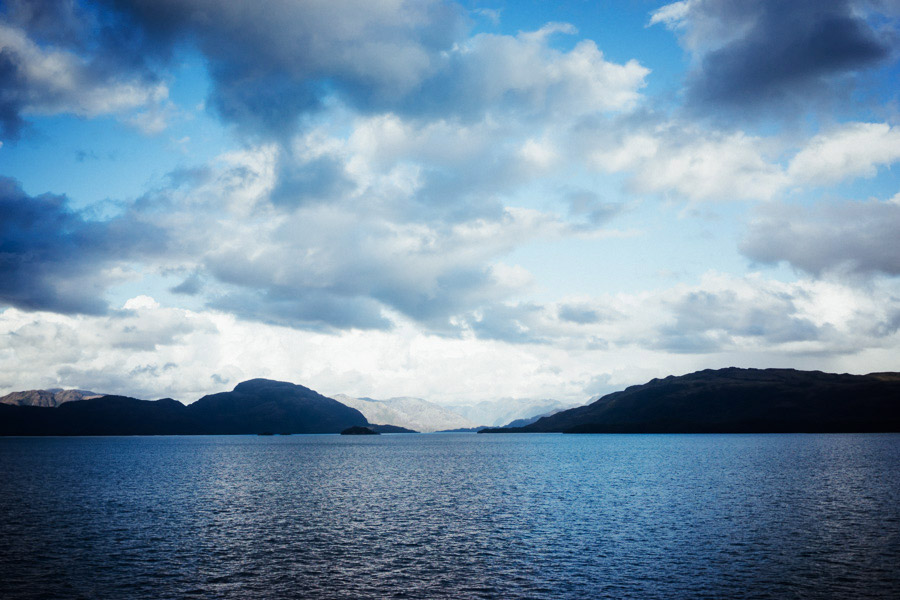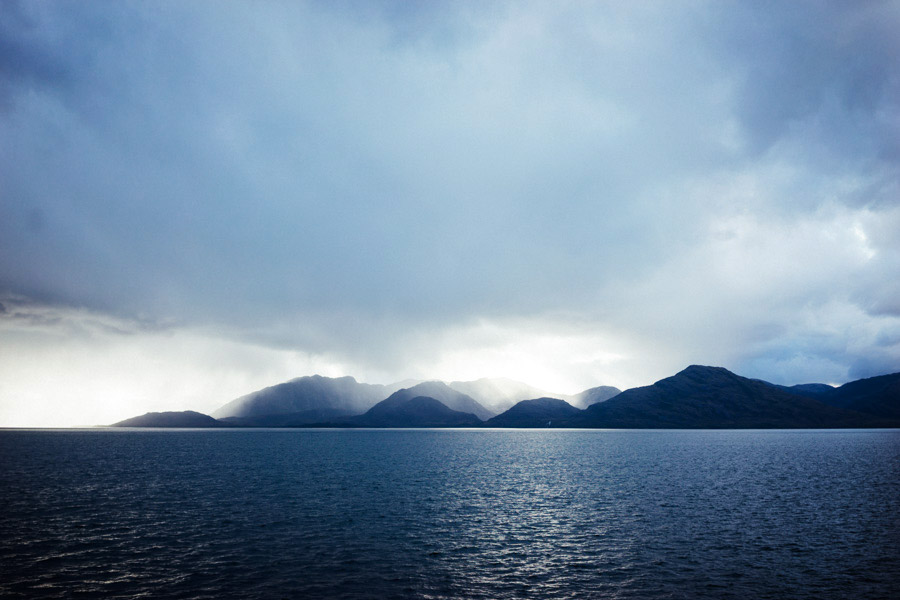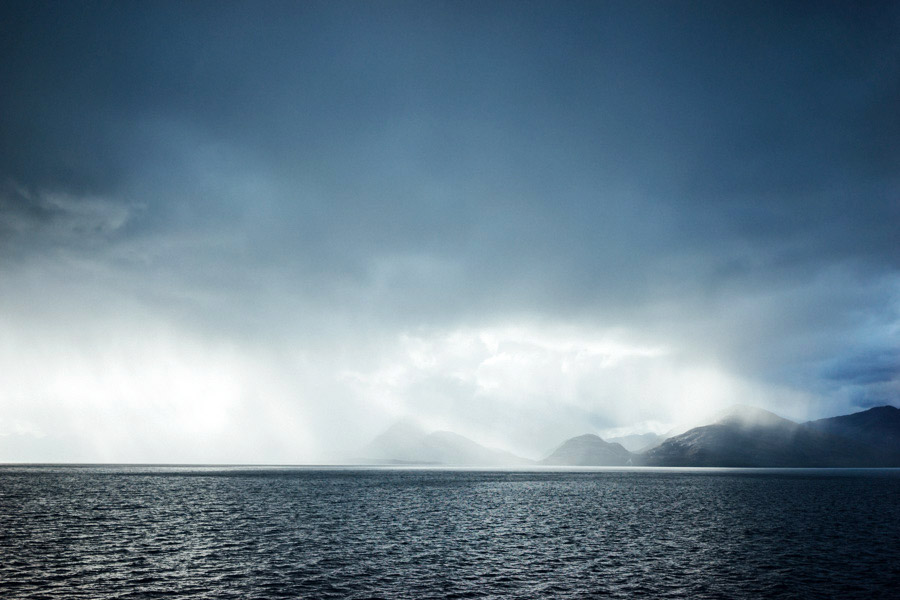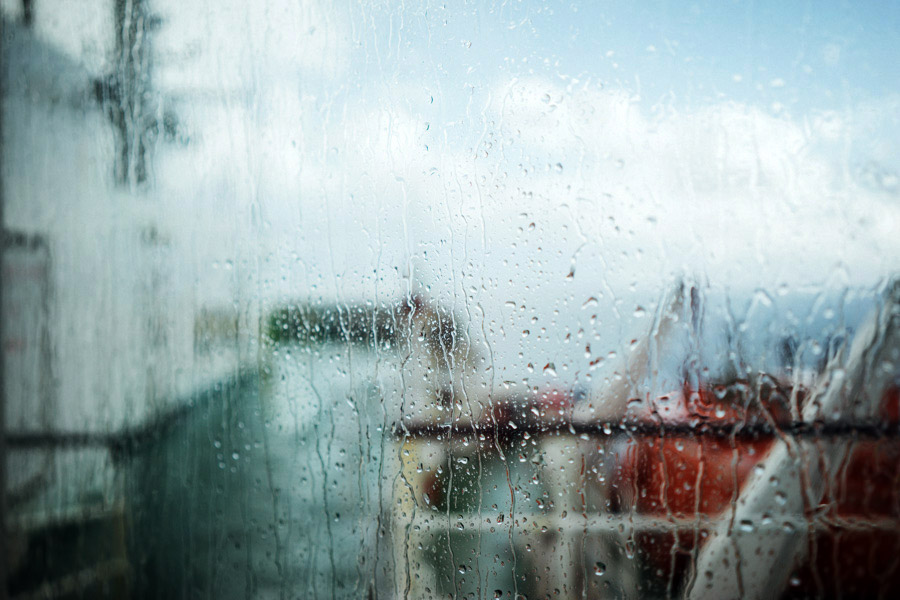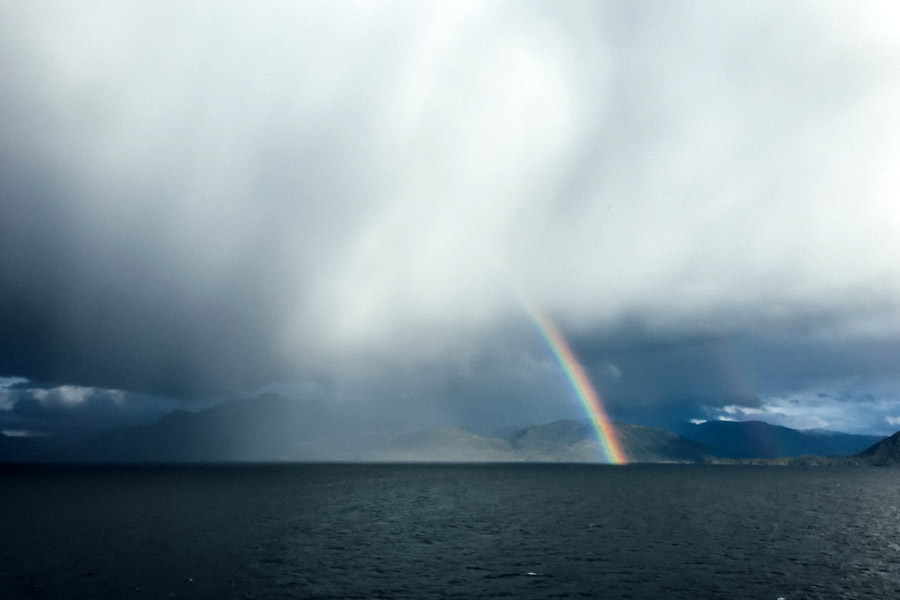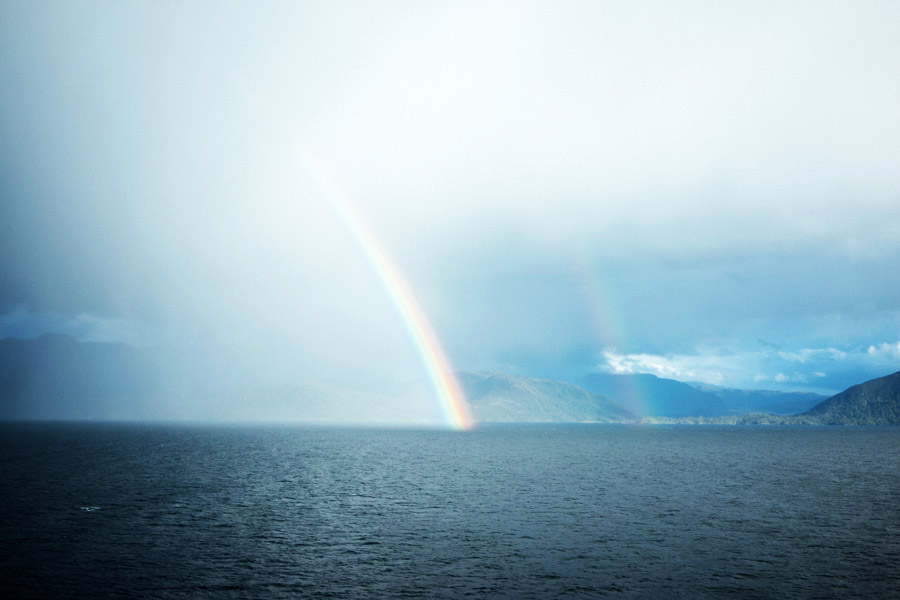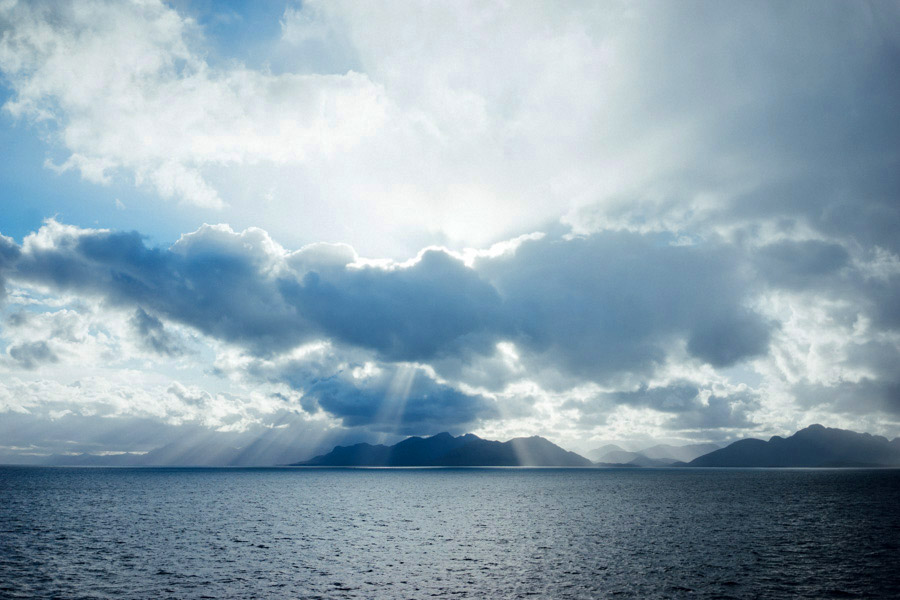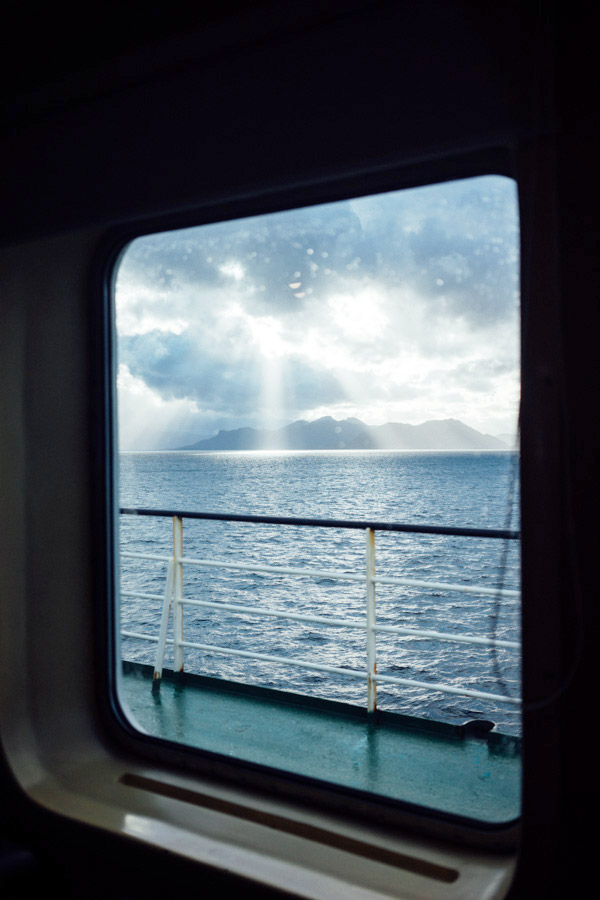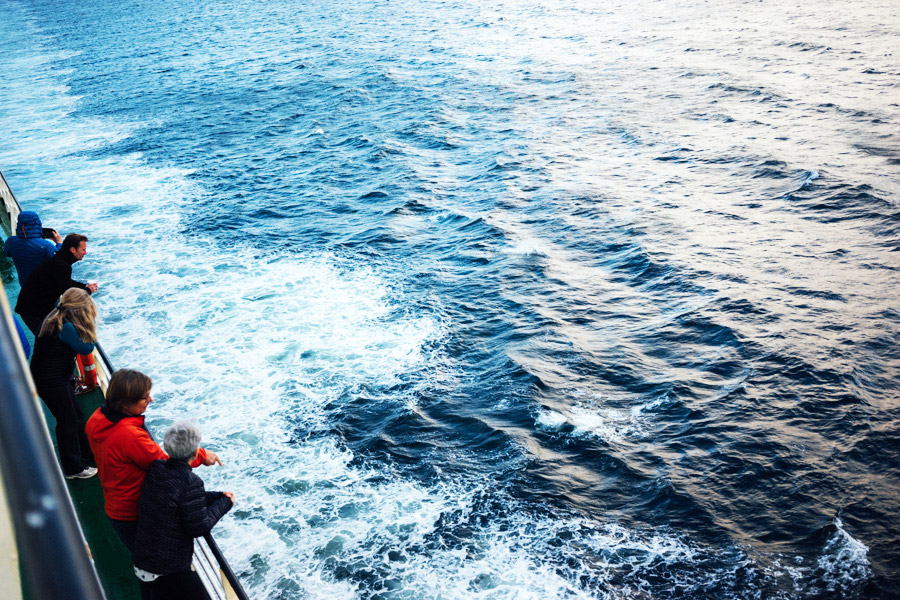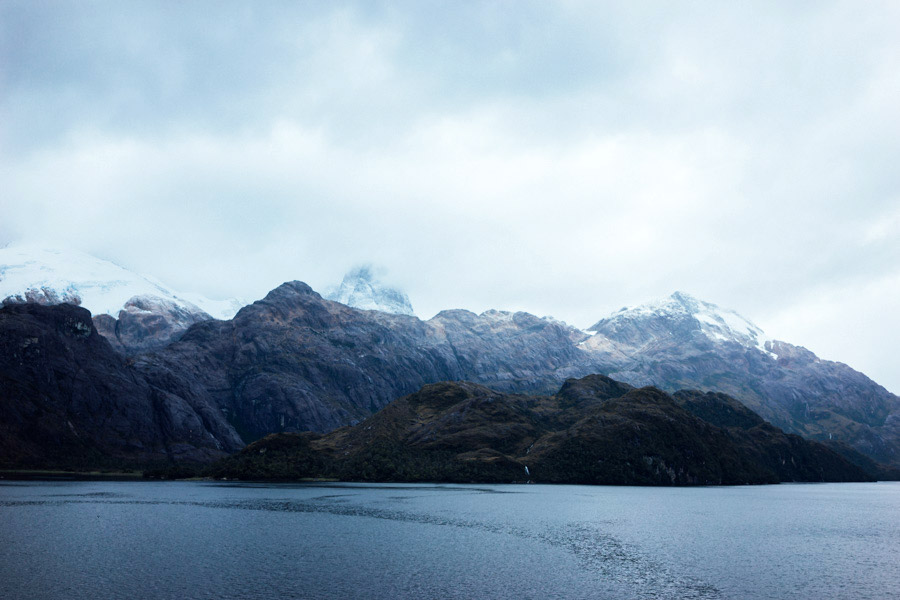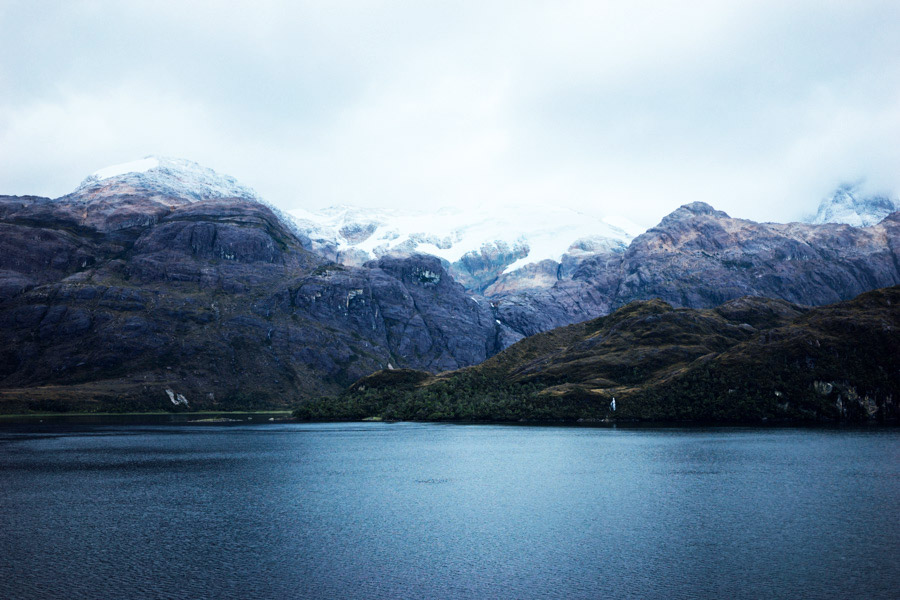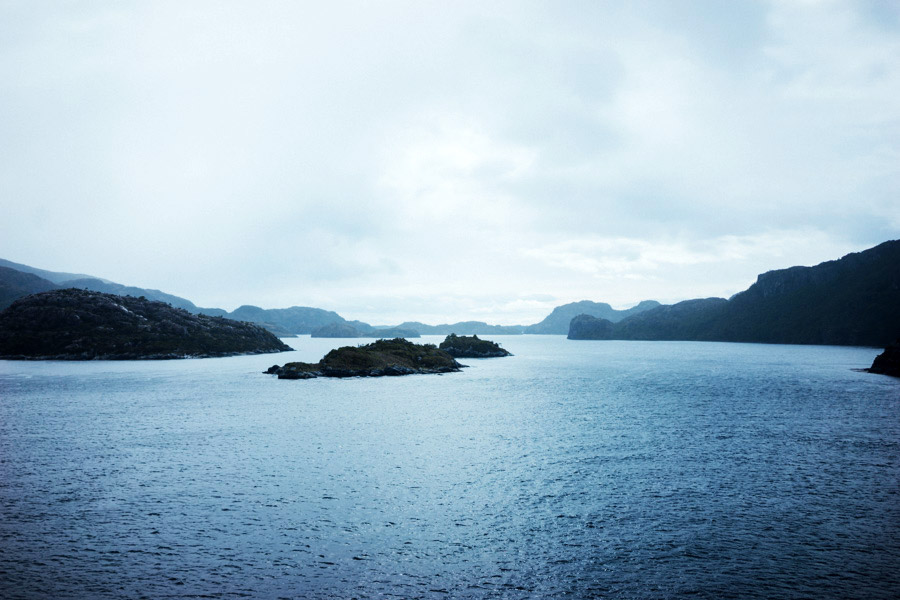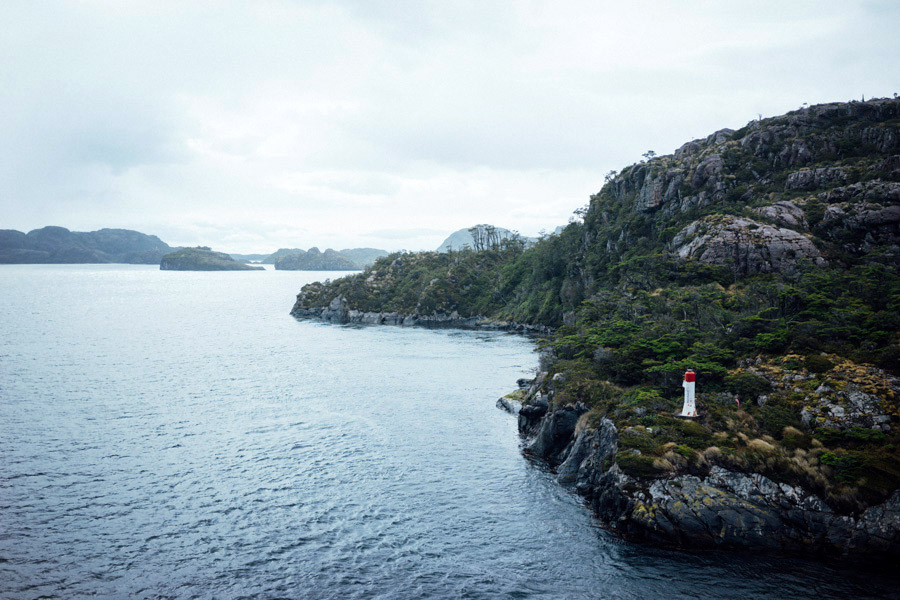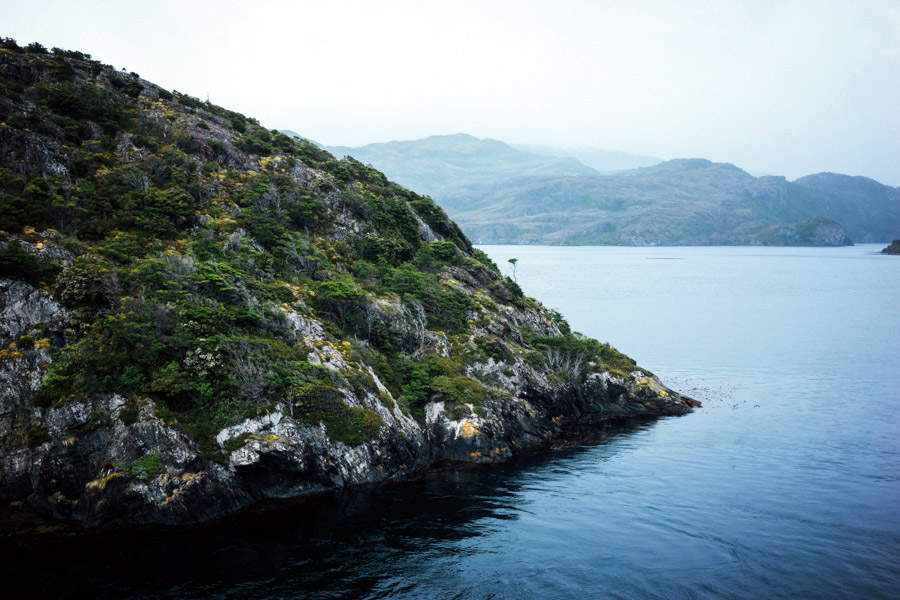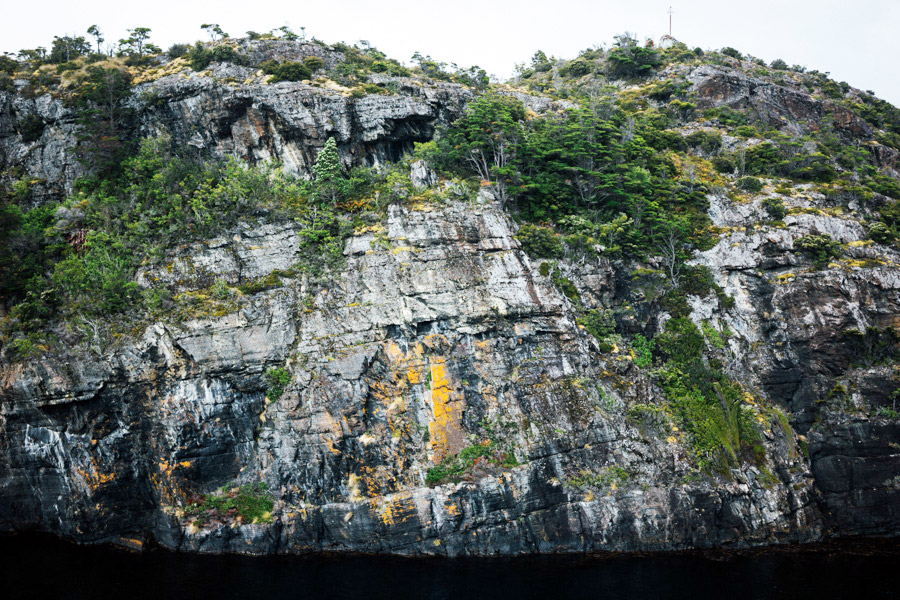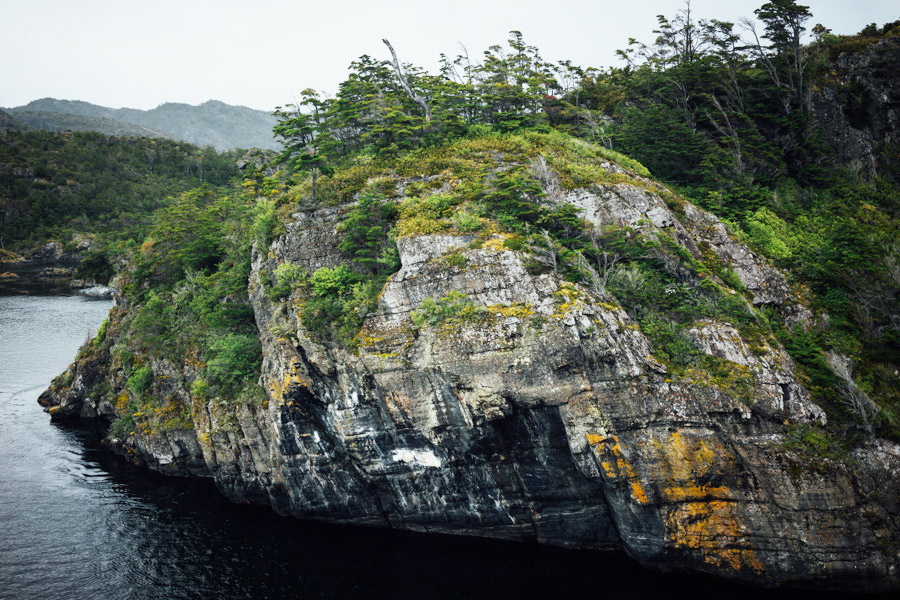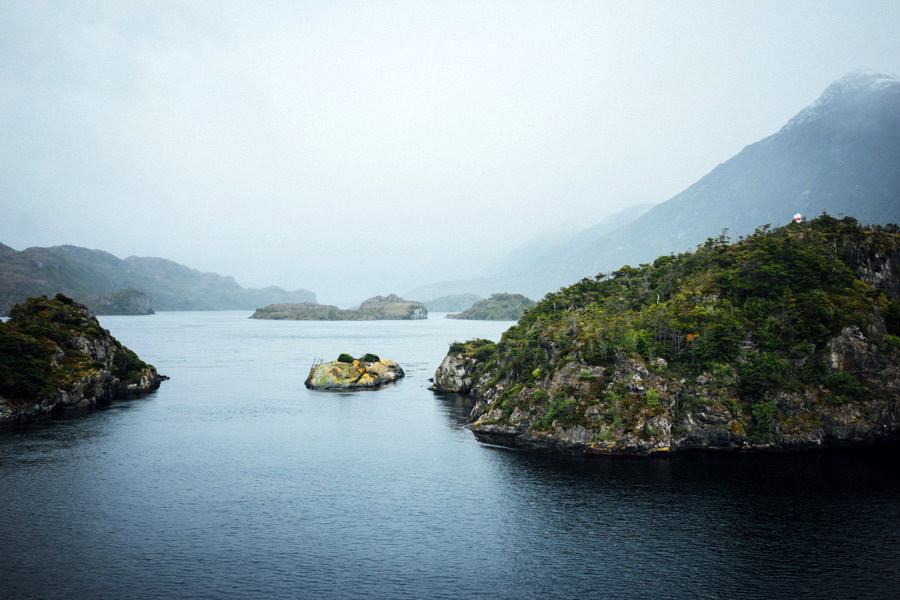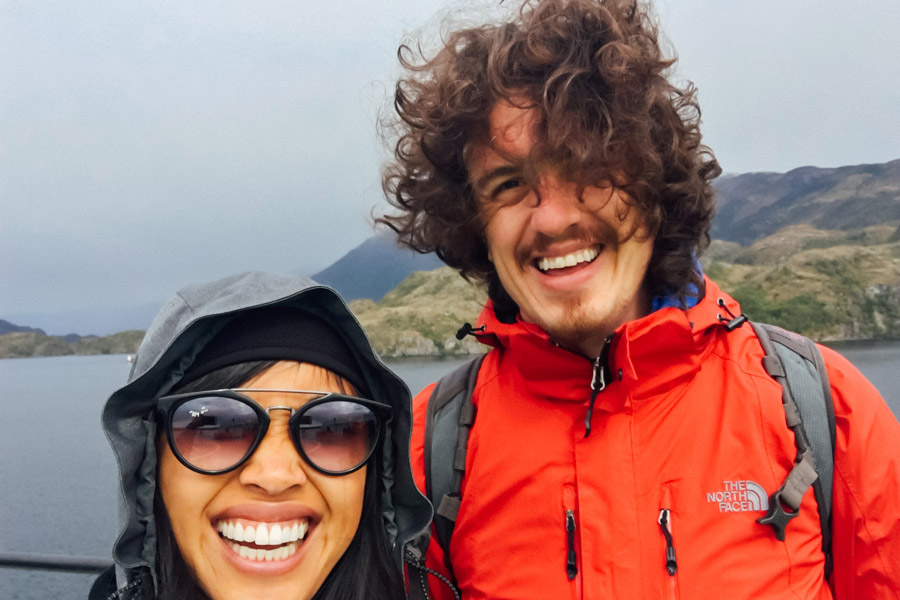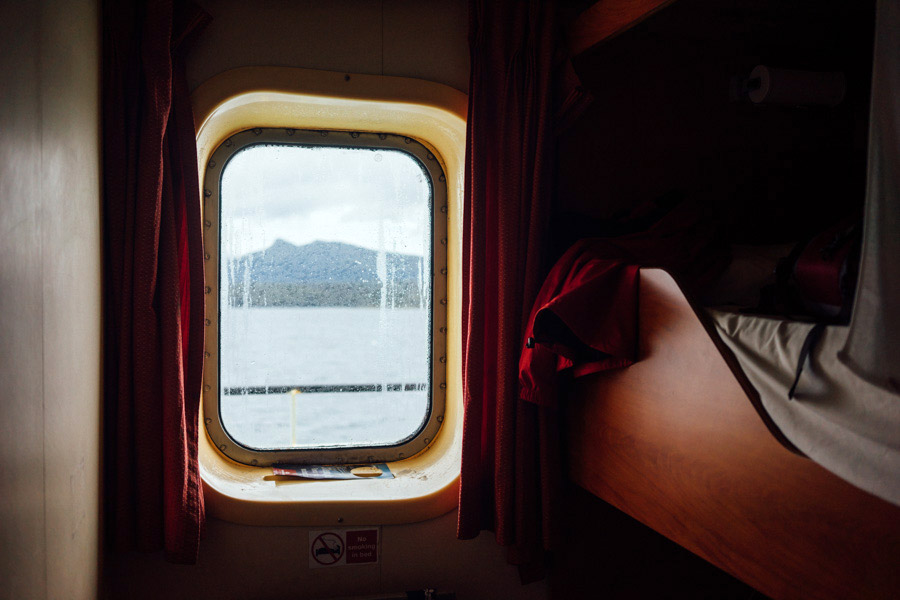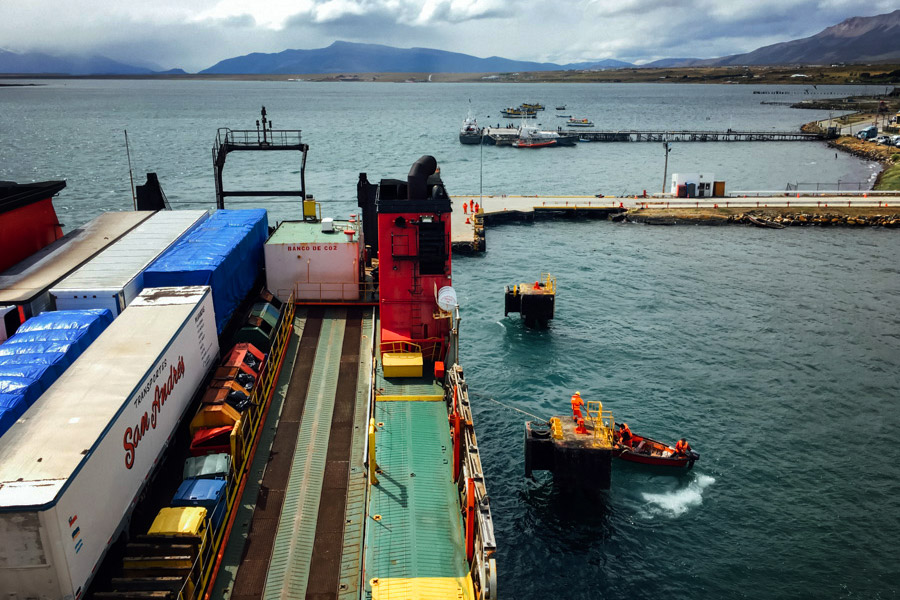Elbow - Magnificent (She Says)
Torres Del Paine
Puerto Natales was made for the North American and European tourists, with its fine dining restaurants, coffee shops, and overpriced backpacker hotels. We feel out of place already, in so little time since disembarking from Navimag. We find a simple homestay and poorly negotiate for a week stay. People come to Puerto Natales with dreams of a wet, cold week of trekking in Torres Del Paine, the dramatic Mordor-like national park of the area. They come for the letter-named treks, the W and the O. Hordes of heavy duty backpackers exchange looks of approval at the brand of their snow shoes, while we, the underdressed, out-of-shape, unprepared travelers come into town to find a cheap way into the park and see how we can waste a little time. We want to stay in Patagonia to find a last-minute ticket to Antartica. For so many a destination, Puerto Natales is only a stop to us.
After deciding on taking it easy, we rent a car with credit card points, quickly calculating that bus tours will only cost too much and tell us where to go. It’s a beautiful ride through the Patagonian landscape, carved by cold winds and incessant rain. We arrive at the park, blown away by gusts as soon as we open the door, quickly making our way to a first stop for a boat ride to the glacier of a bright, fluorescent blue. We’re certain we found Superman’s hiding spot when they explain the color is due to the density of the ice filtering out all other colors.
The colossal peaks of Los Cuernos, carved by ice millions of years ago, are simply breathtaking. In months of travel, we had never seen anything so grand and menacing at the same time. We drive around the park, amongst the yellows of the grass, the bluest blues of the lakes of glacier water and rock flour, and the grey, black, and whites of the park’s peaks, culminating above 2,500 meters.
We drive back to town, silent, still in awe of the park, when we see a backpacker in the middle of nowhere. He tells us his story over the next half hour: he’s Russian, came from a sailboat crew in Antartica, and is now walking and hitchhiking all the way to Buenos Aires before flying back home. It’s not so bad, he says, his backpack is only 45kg and that’s mostly due to the sub-zero tent. We drop him off in the middle of another nowhere.
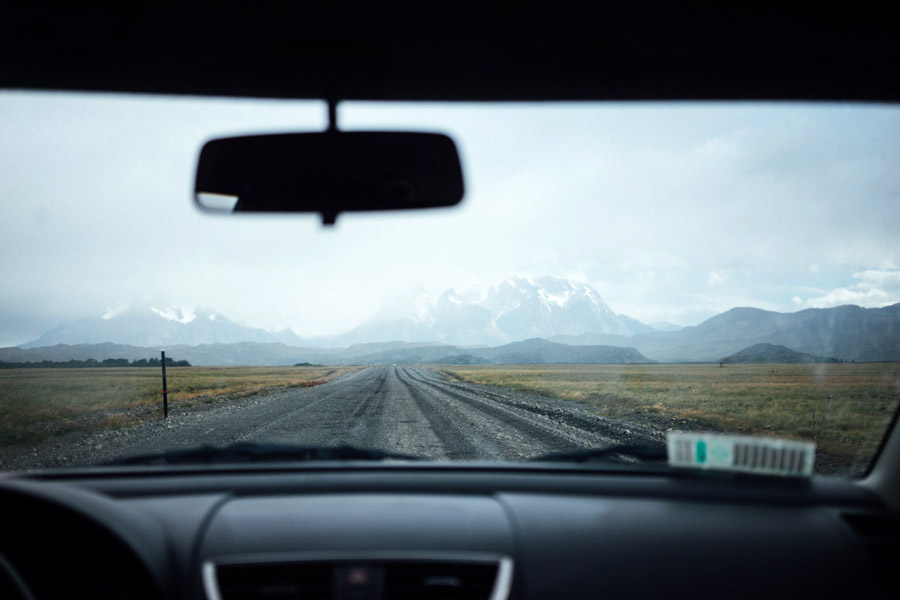
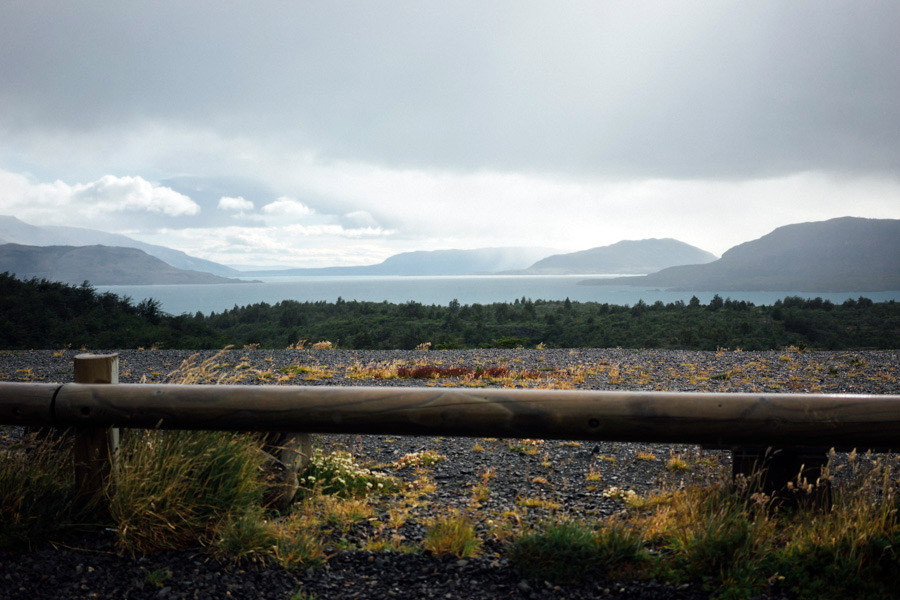
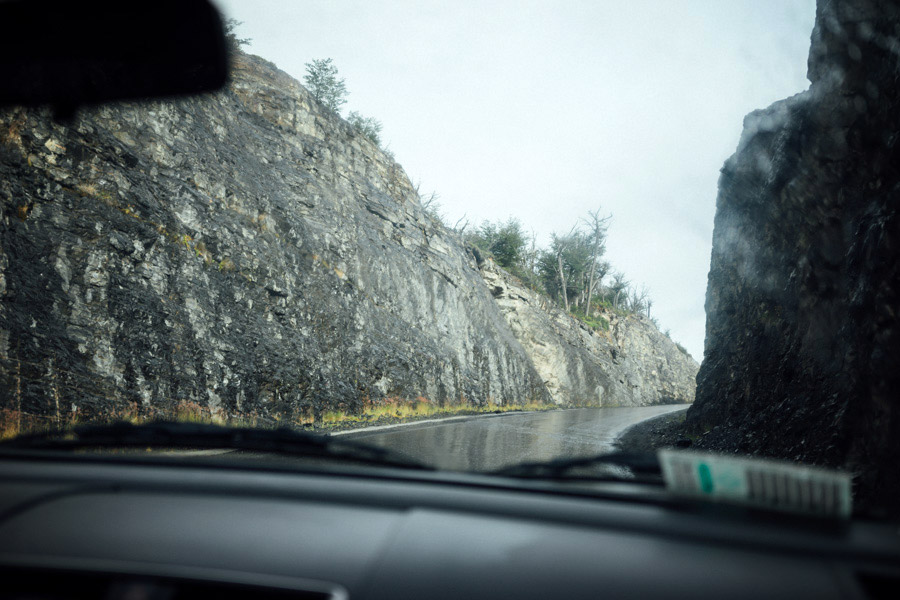
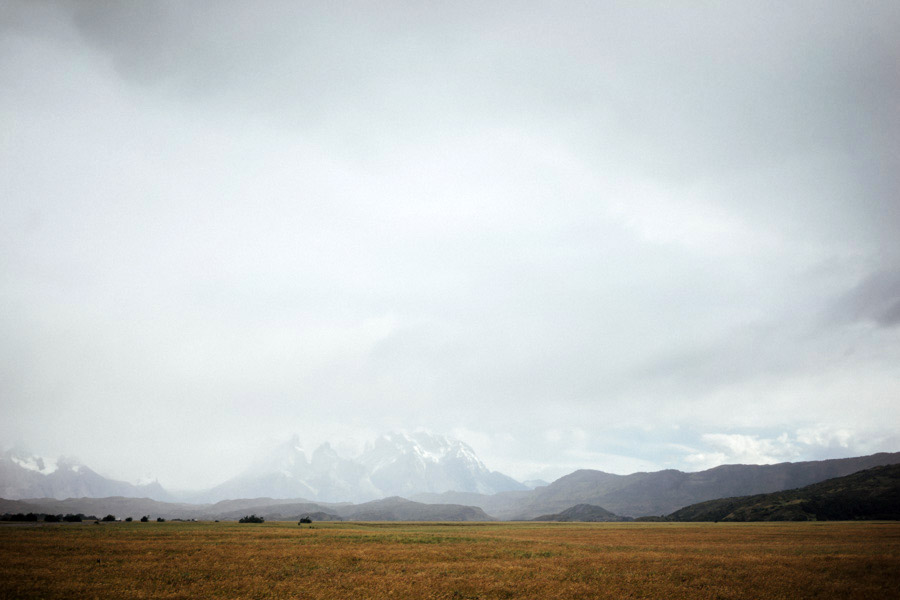
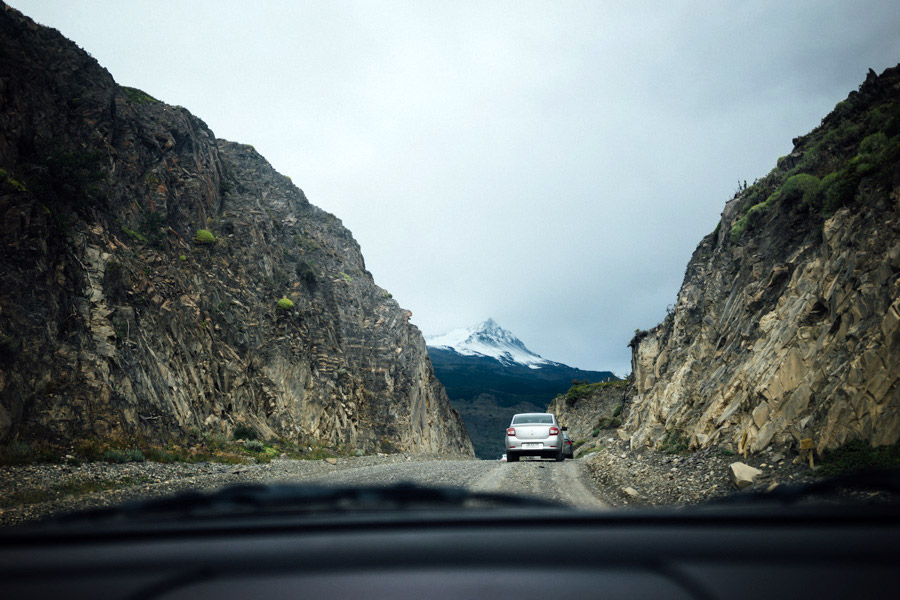

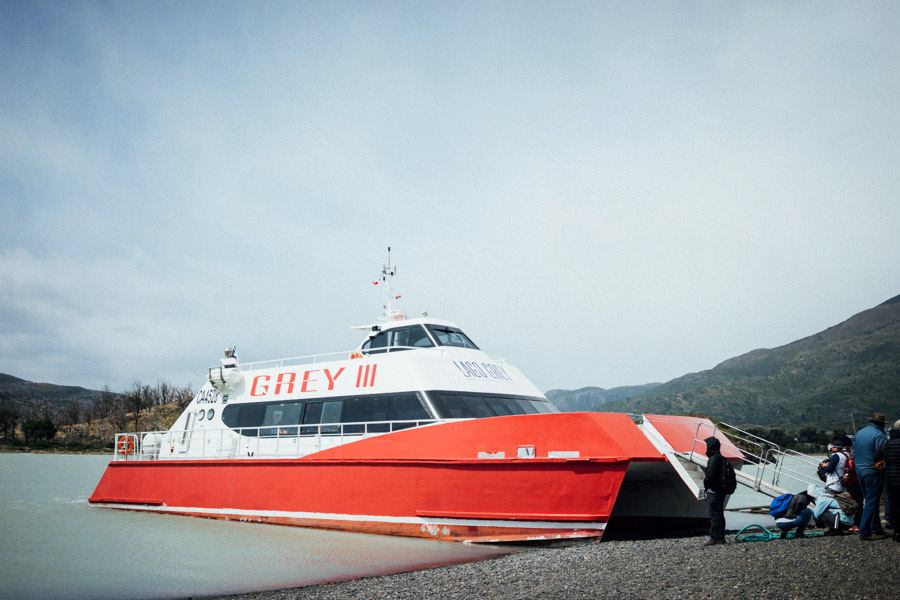

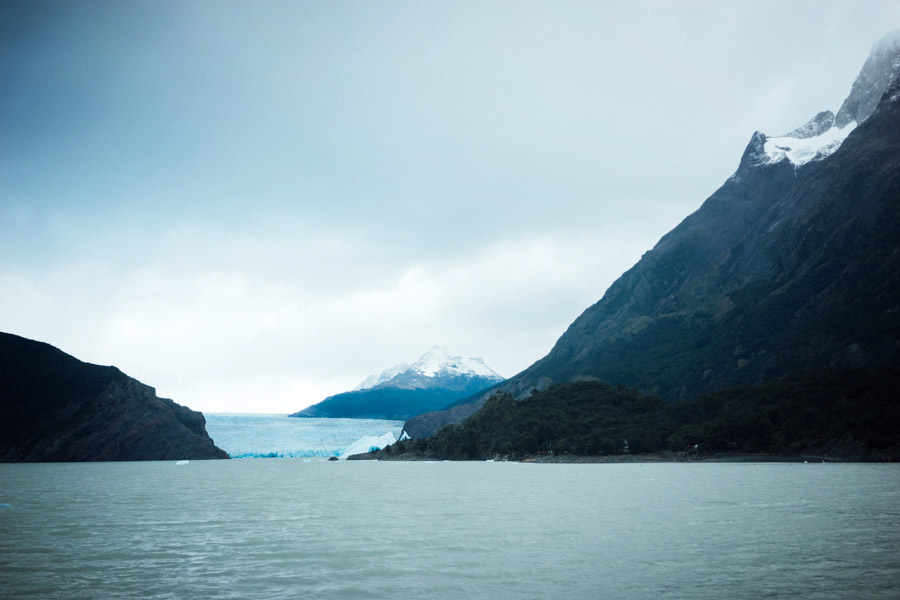
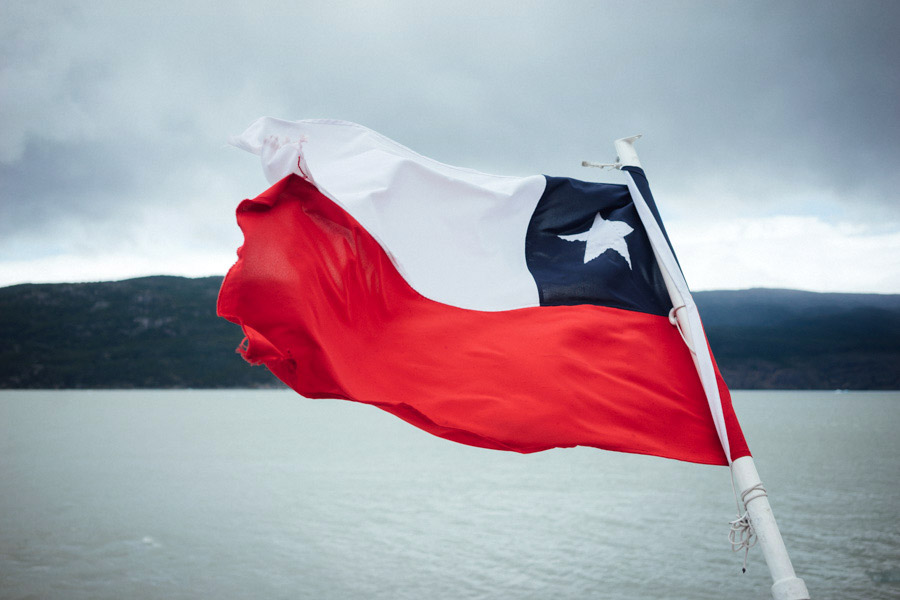
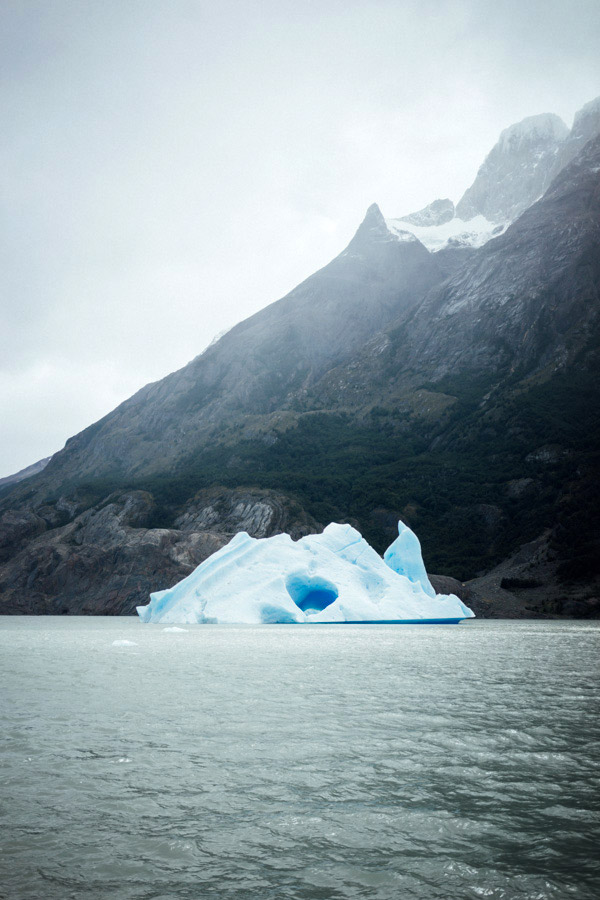
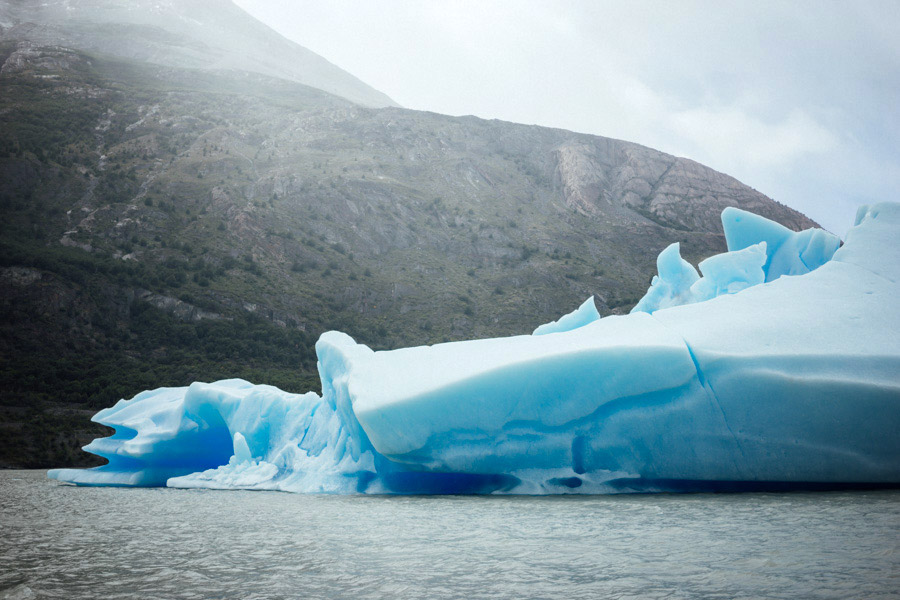

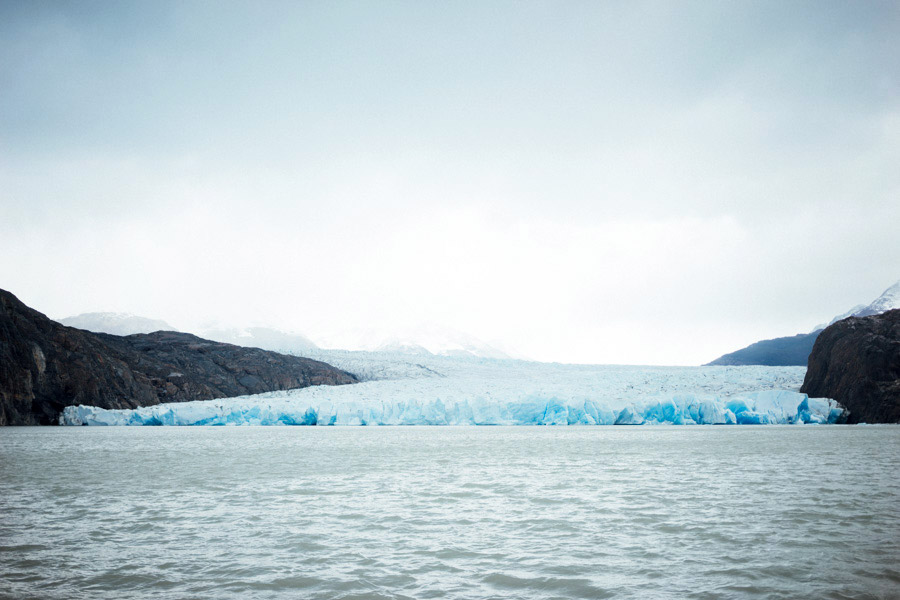
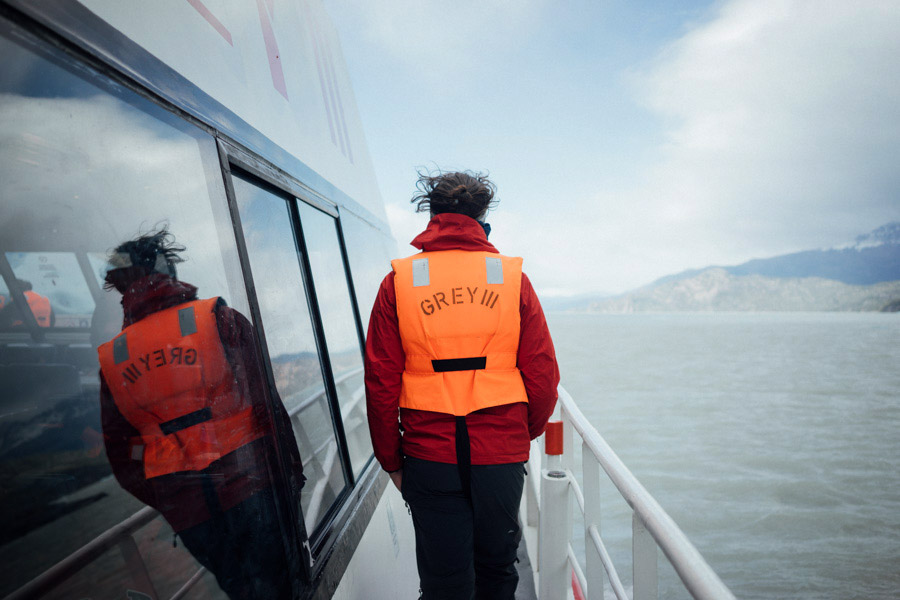
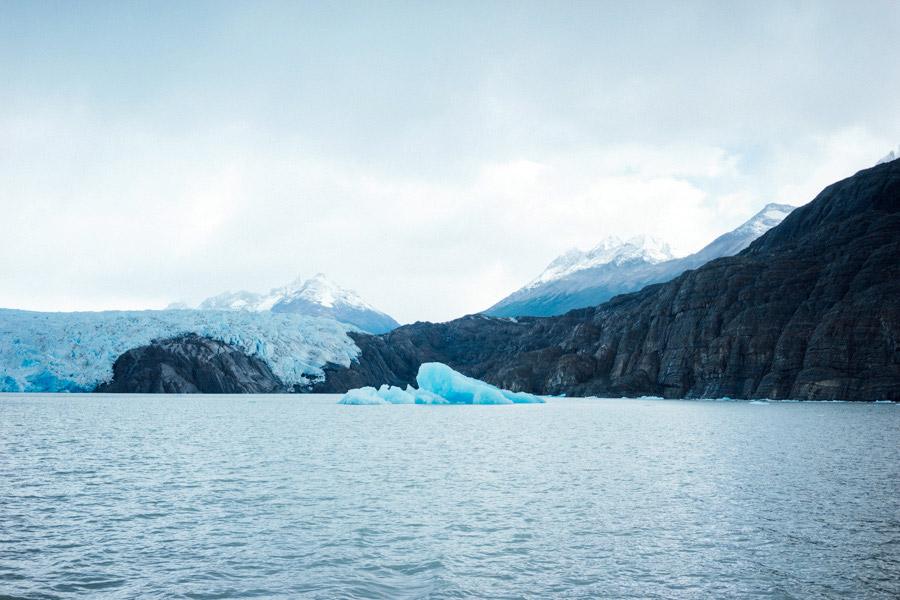

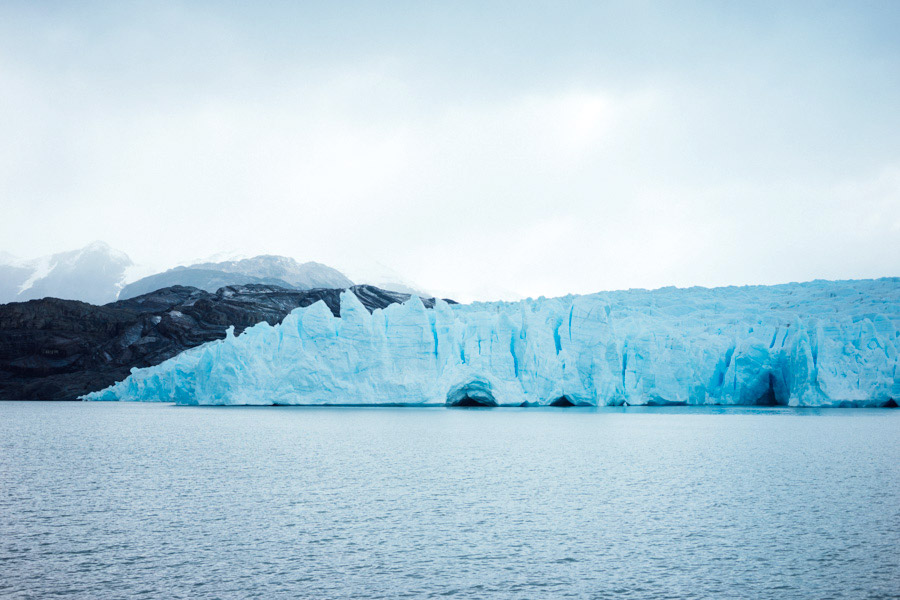
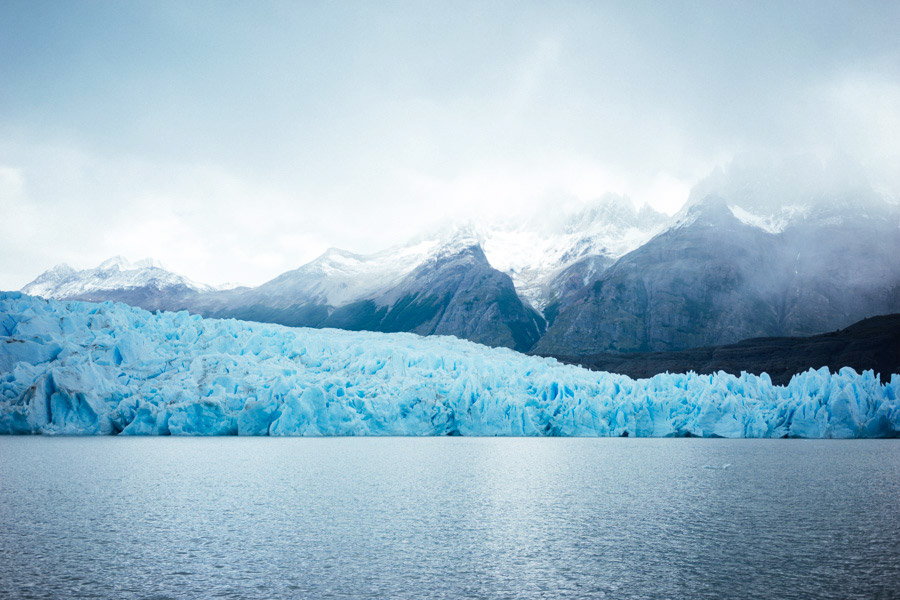
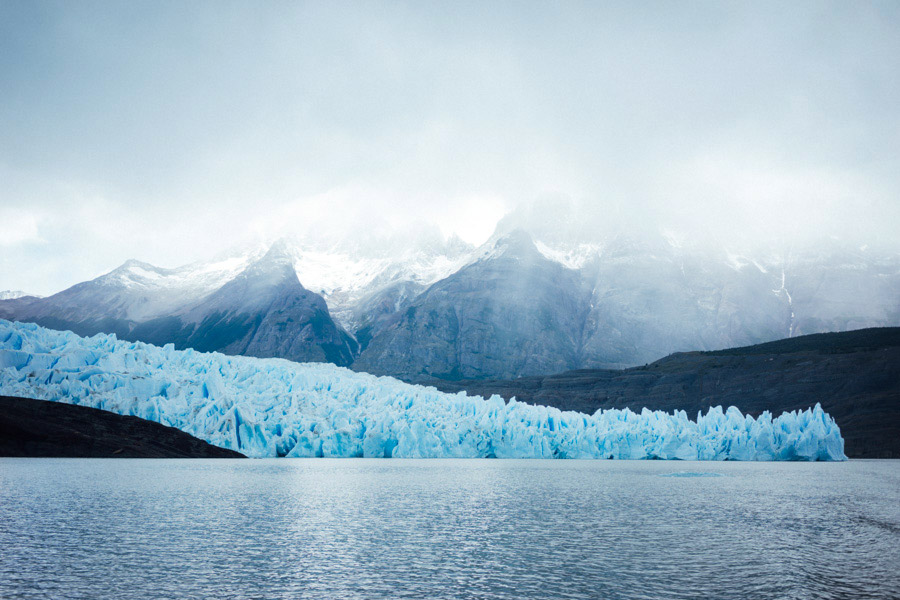
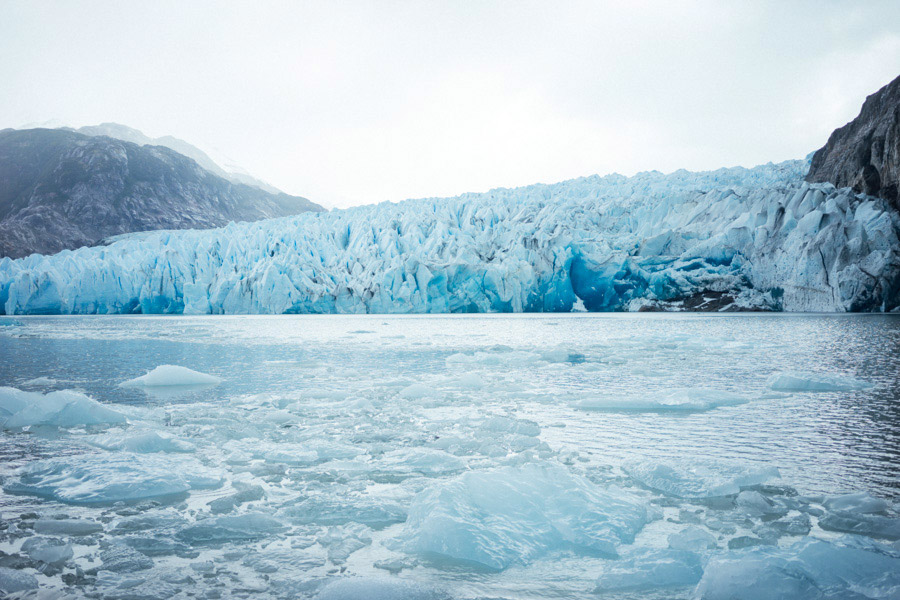
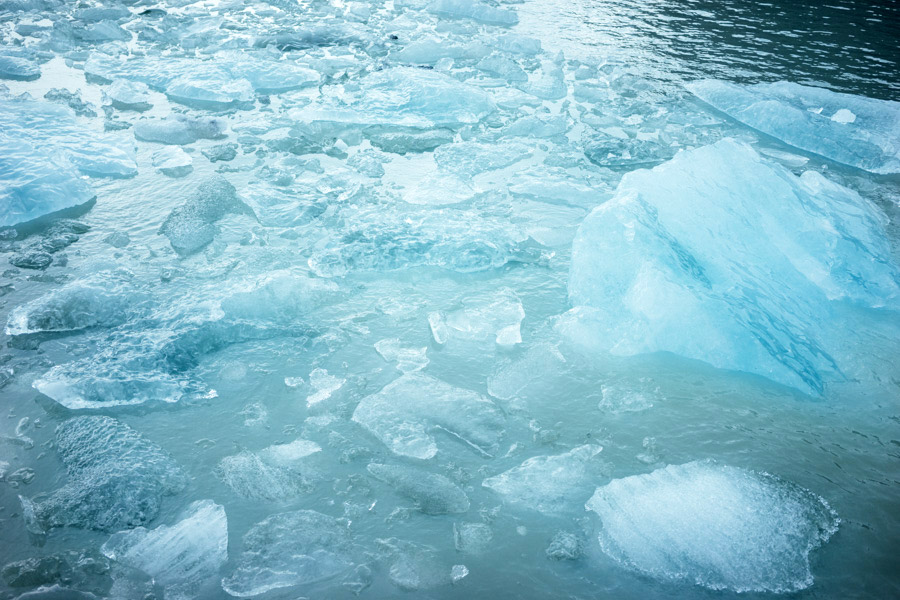
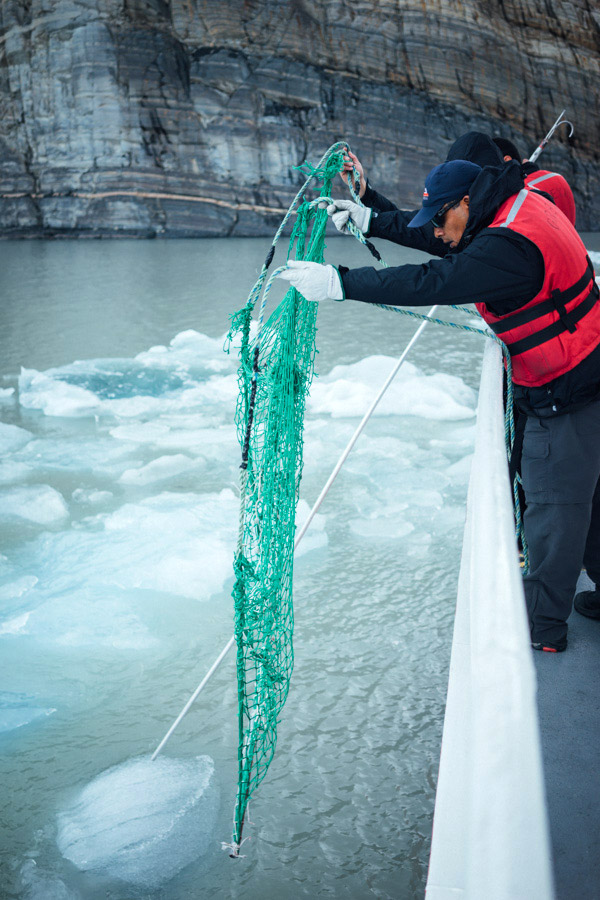

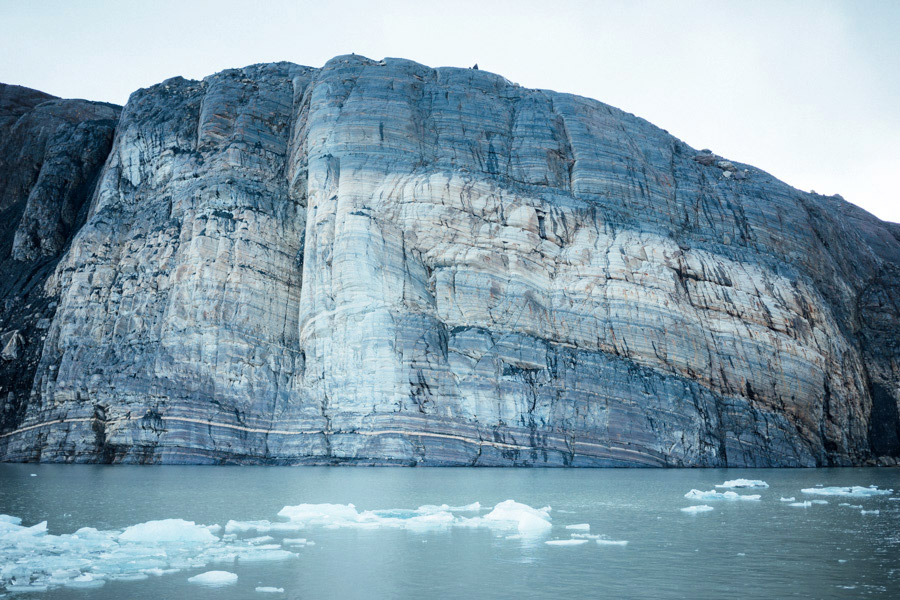
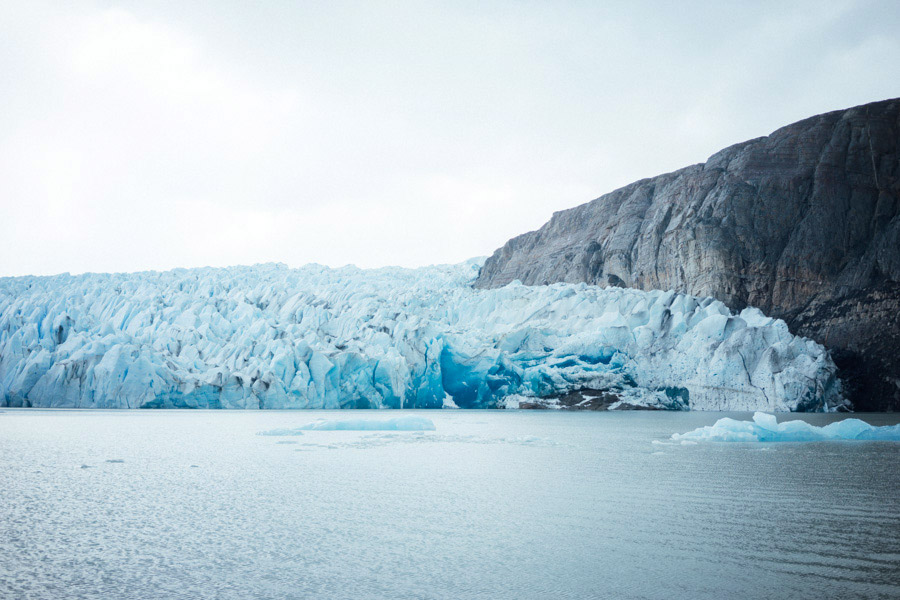
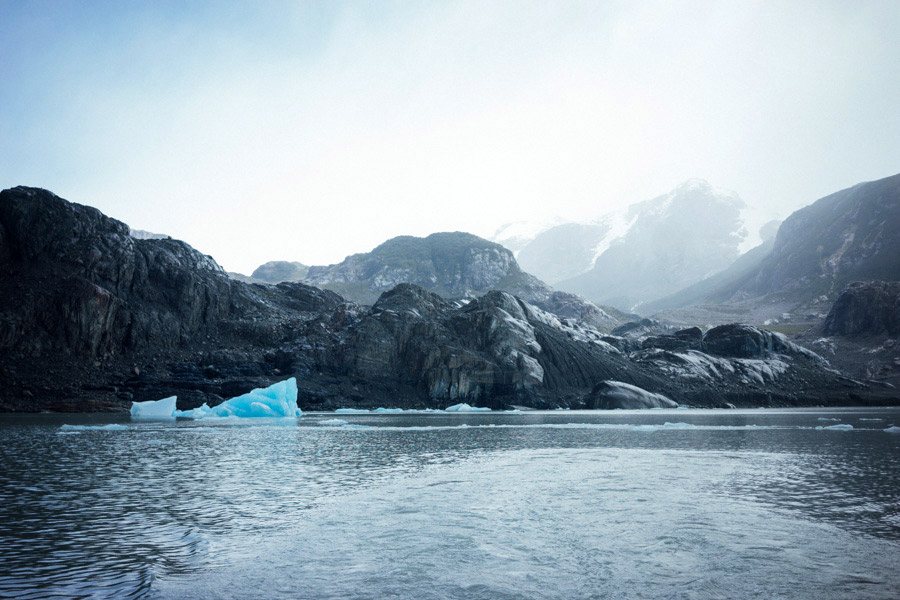
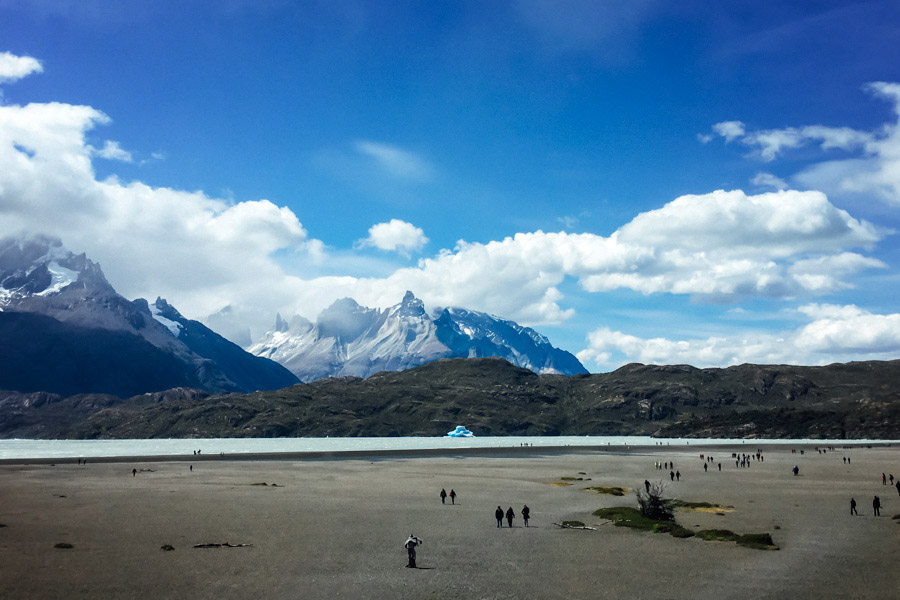
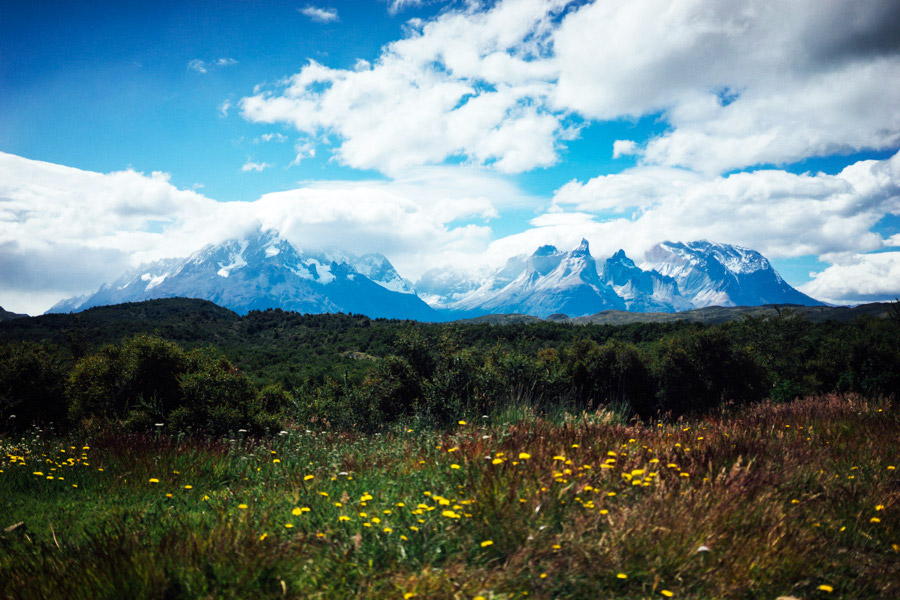
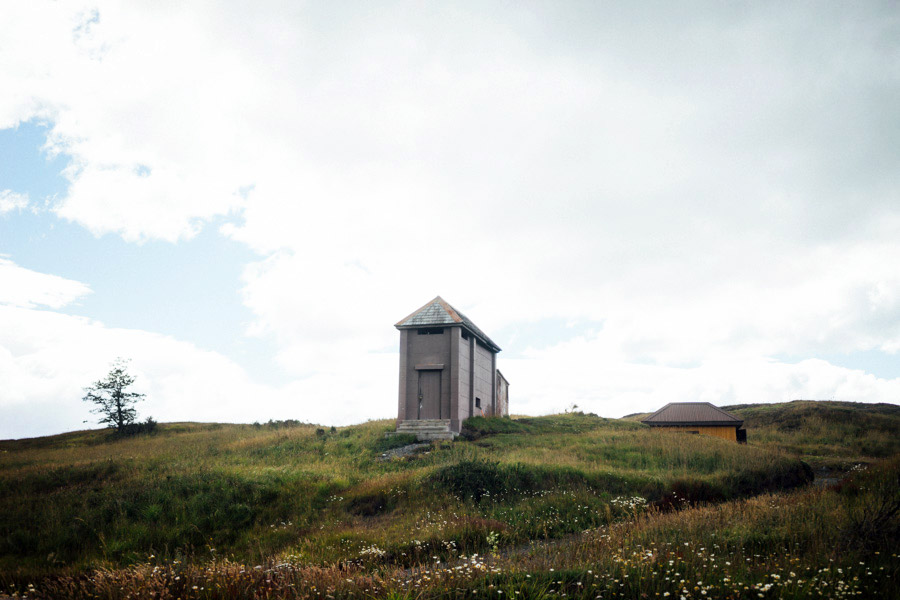
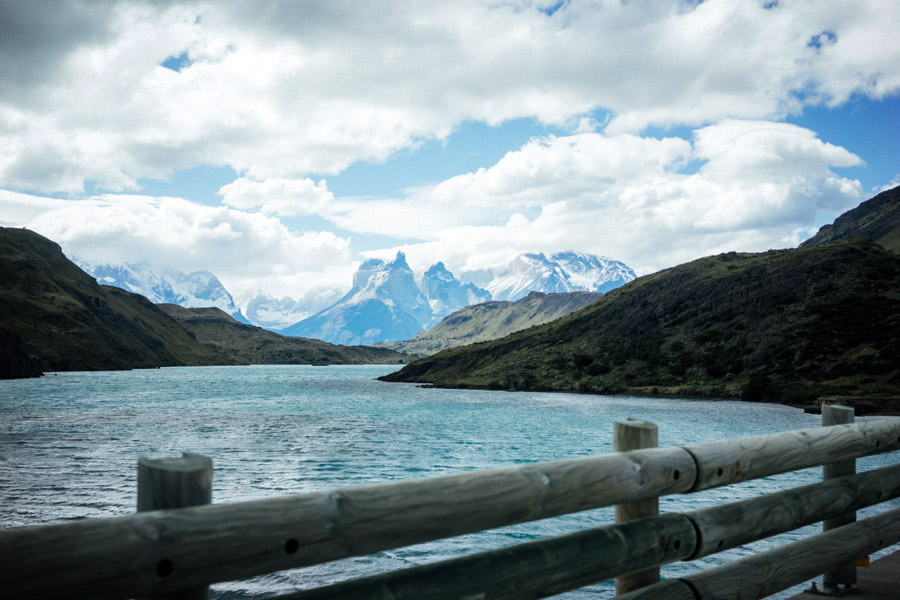
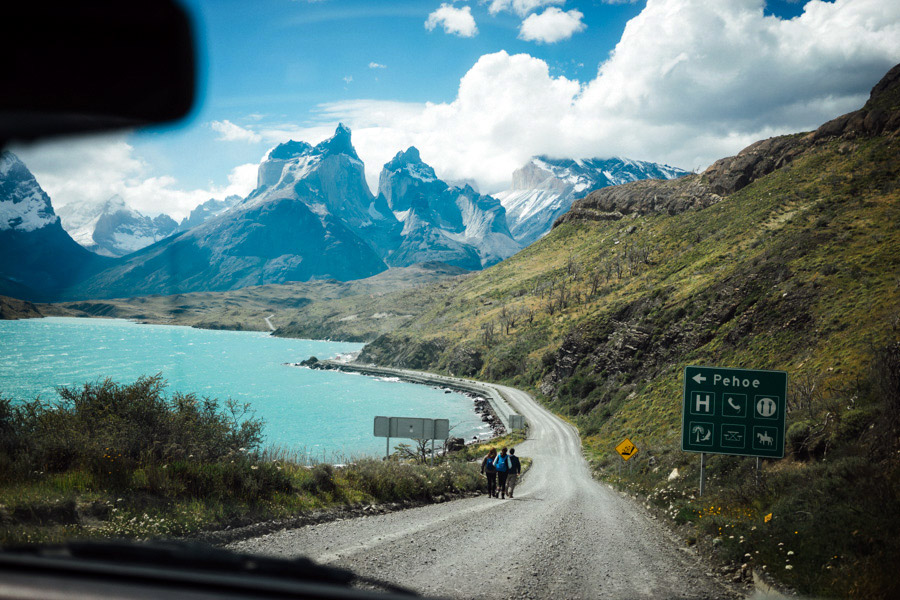
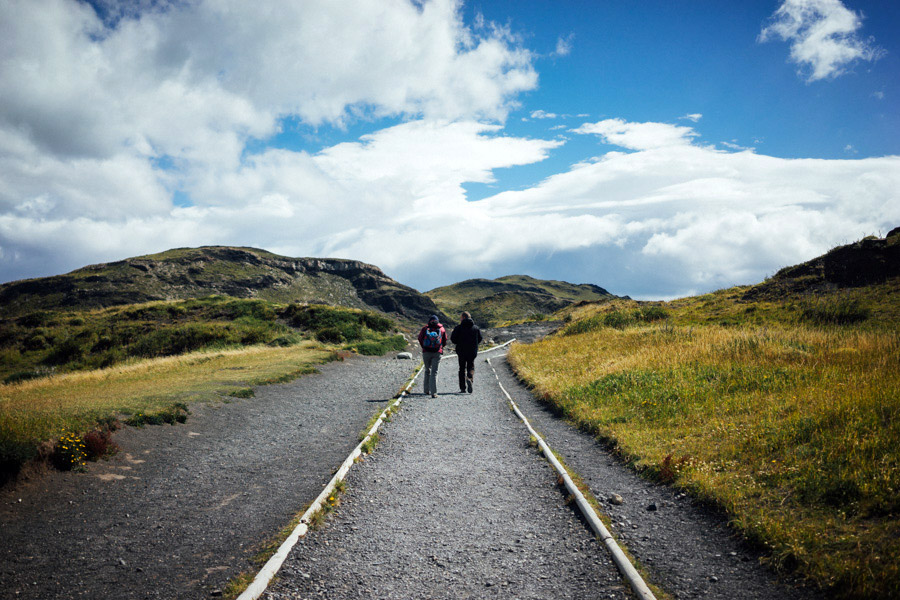
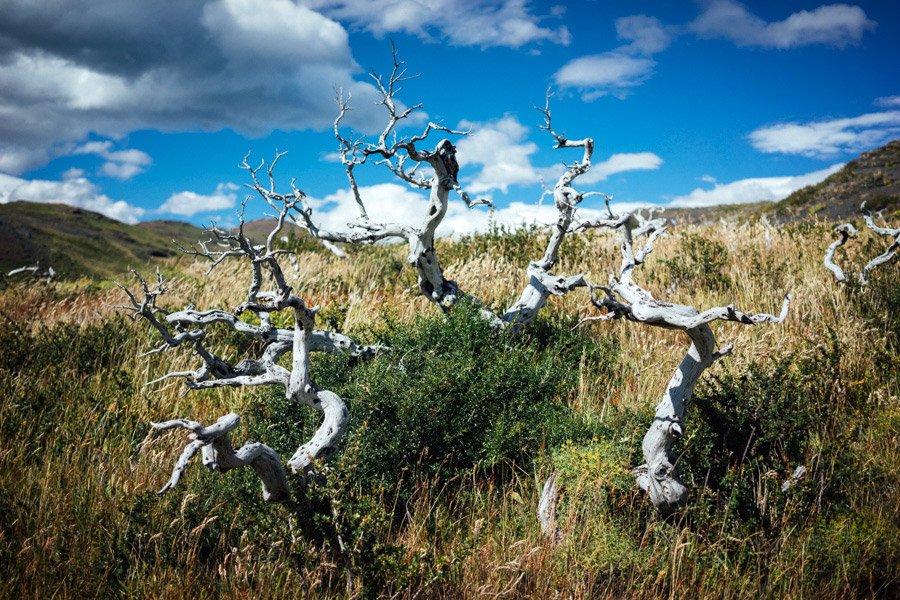
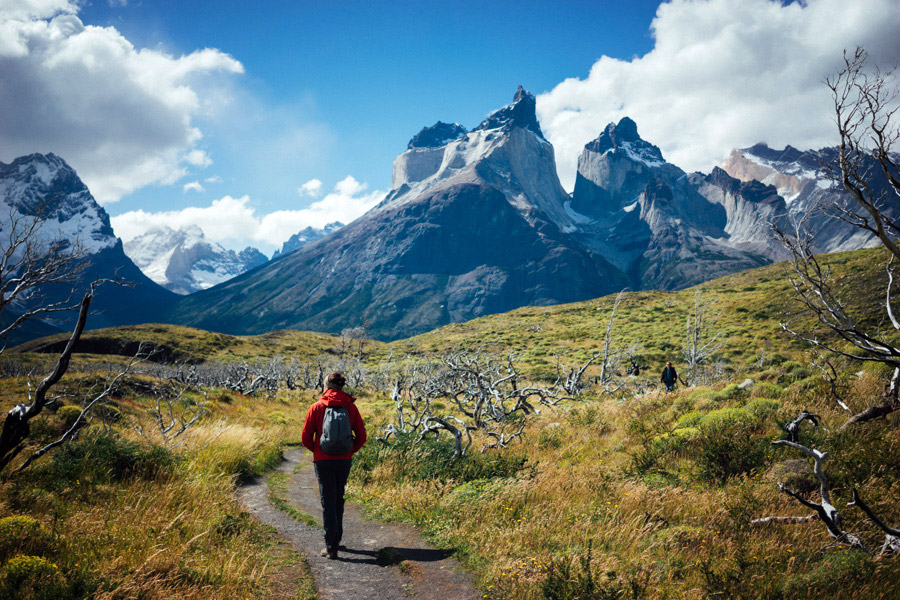
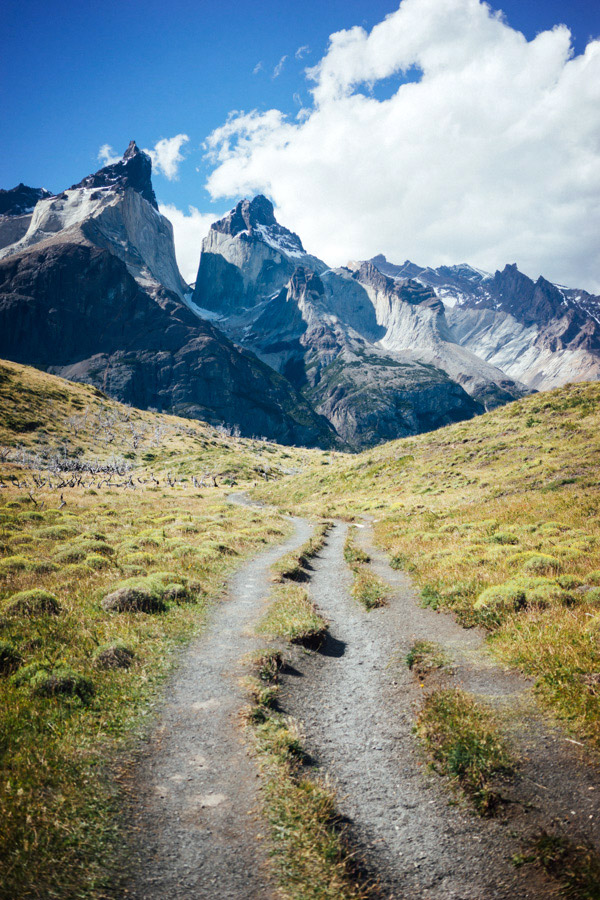
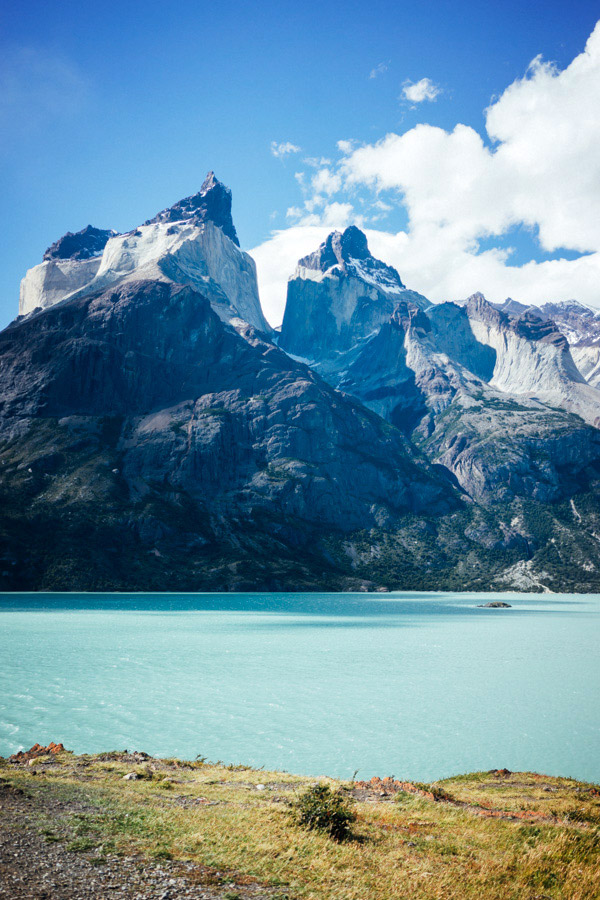
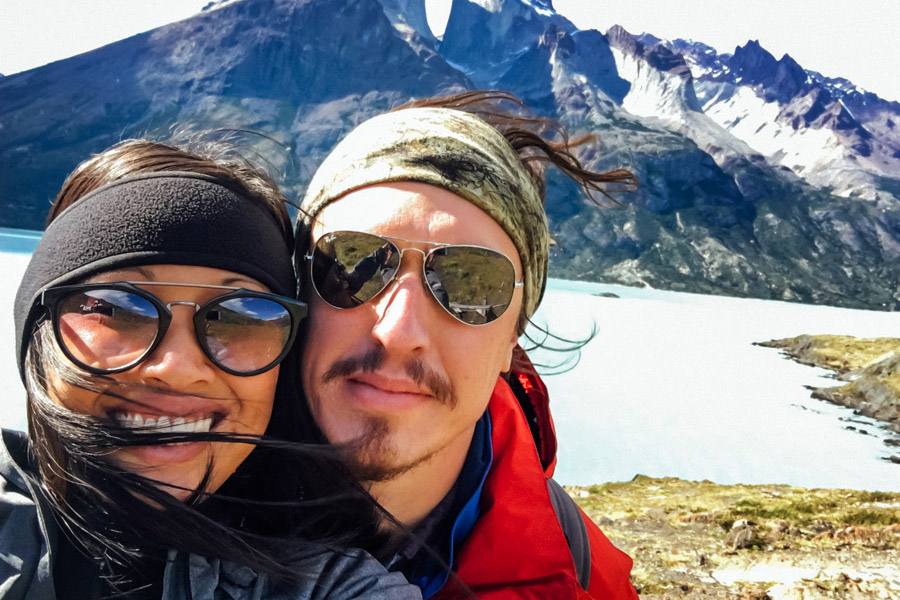
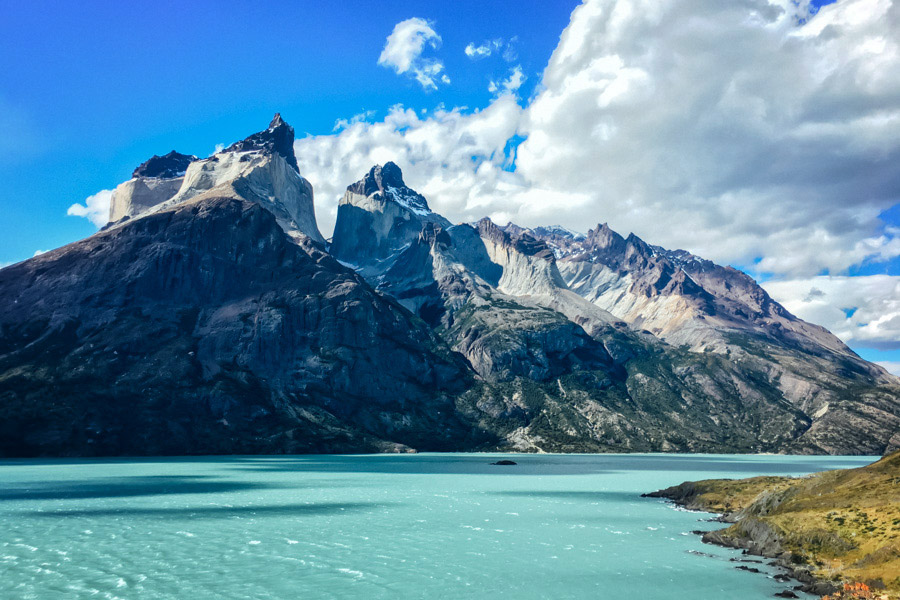
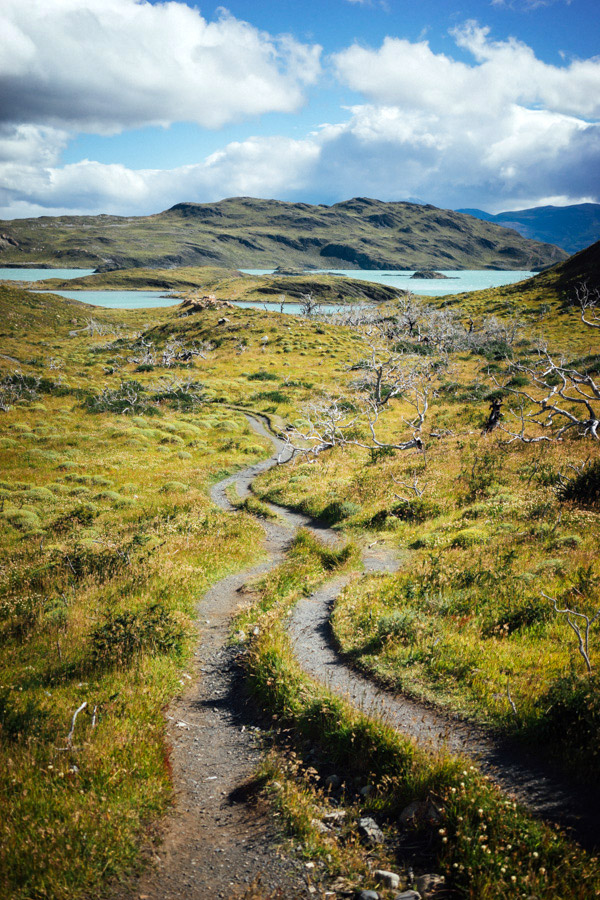
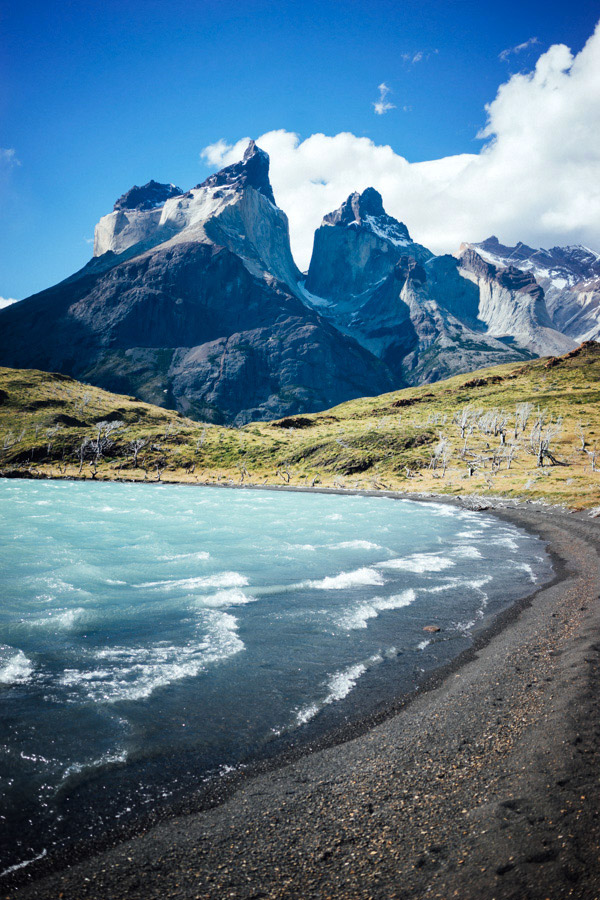
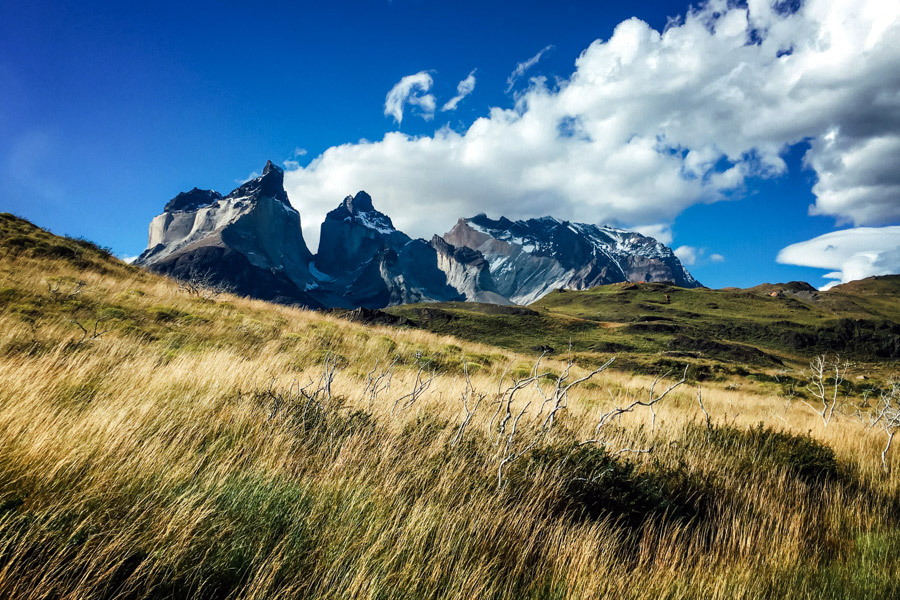
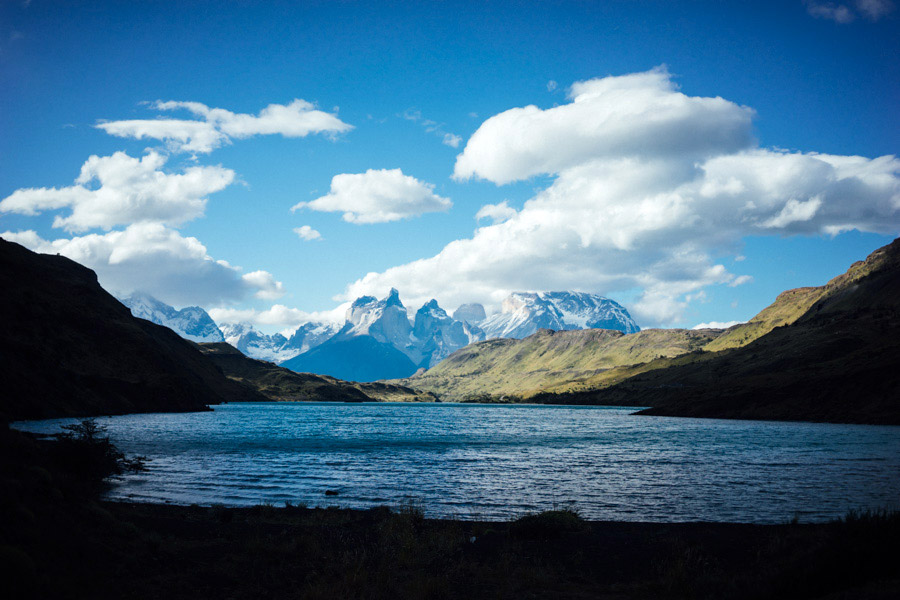
Punta Arenas
After a few more days in Puerto Natales, we make our way to Punta Arenas, still hoping for a chance to get tickets to Antartica. The current price is still over $12,000 per person. We quickly find Punta Arenas to be too expensive for us and won’t stay long, and finally admit to ourselves that Antartica will have to wait for next time. We’re in the high season still, and even discounted tickets are well over our budget. This is the first and only time cost is a real limiting factor. We give ourselves a well-named consolation prize: an afternoon trip to Isla Magdalena, full of penguins. Amongst high pitch screams and unexpected smells, we become enamored with the little animals.
It’s a bittersweet end to the South of Chile, but it’s time to start our way back up South America’s west coast. We have a lot more to see, to learn, and to do. We missed our Antartica goal but made a true, new friend. Patagonia will stay one of the best memories of our trip.


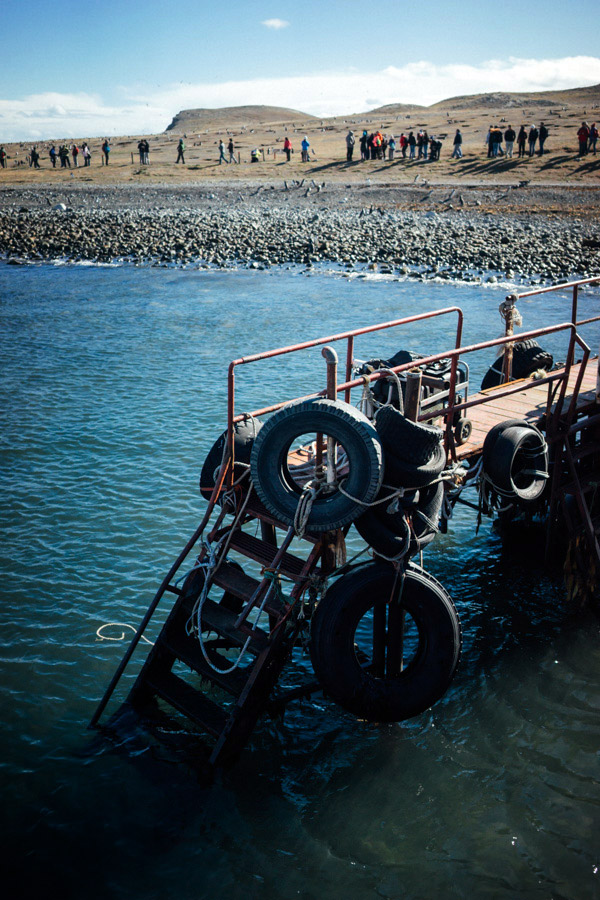
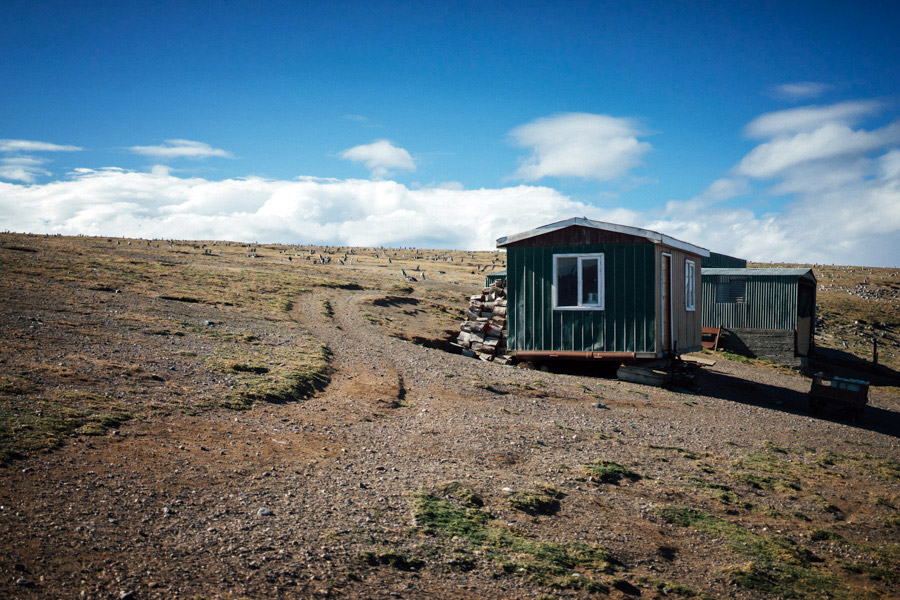
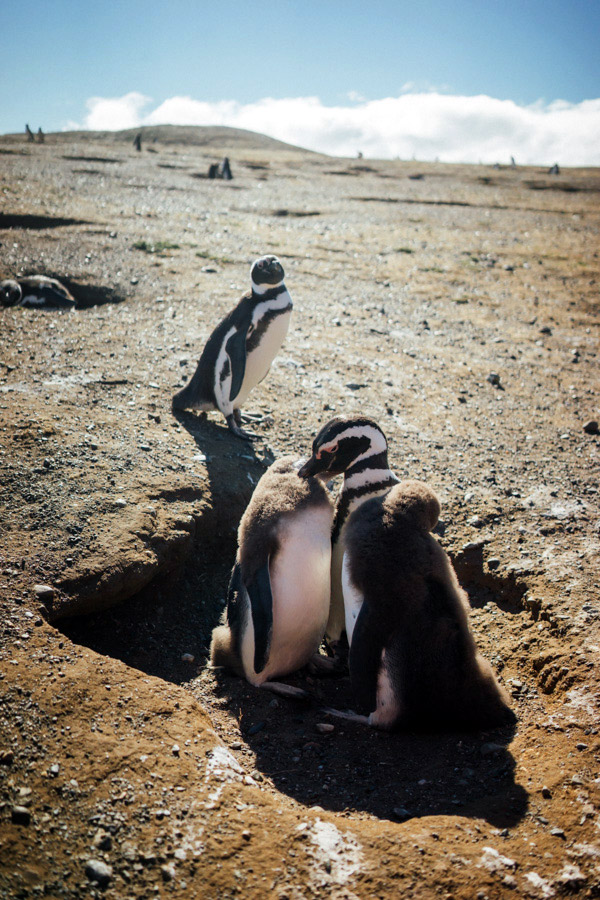
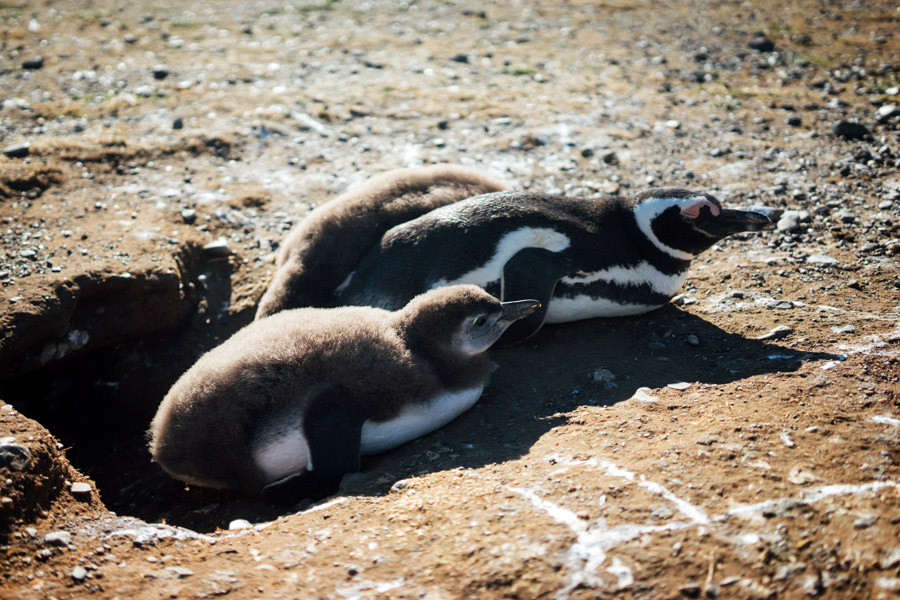
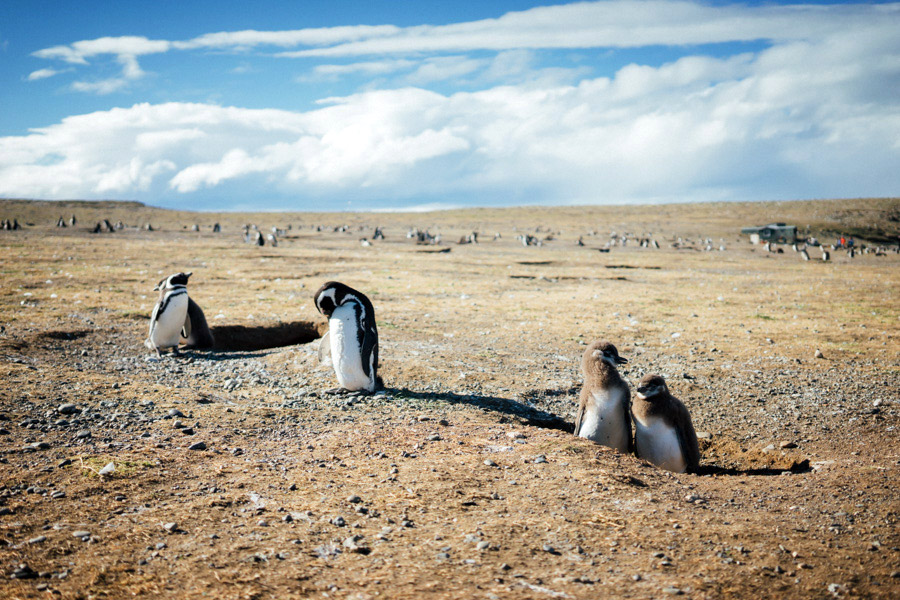
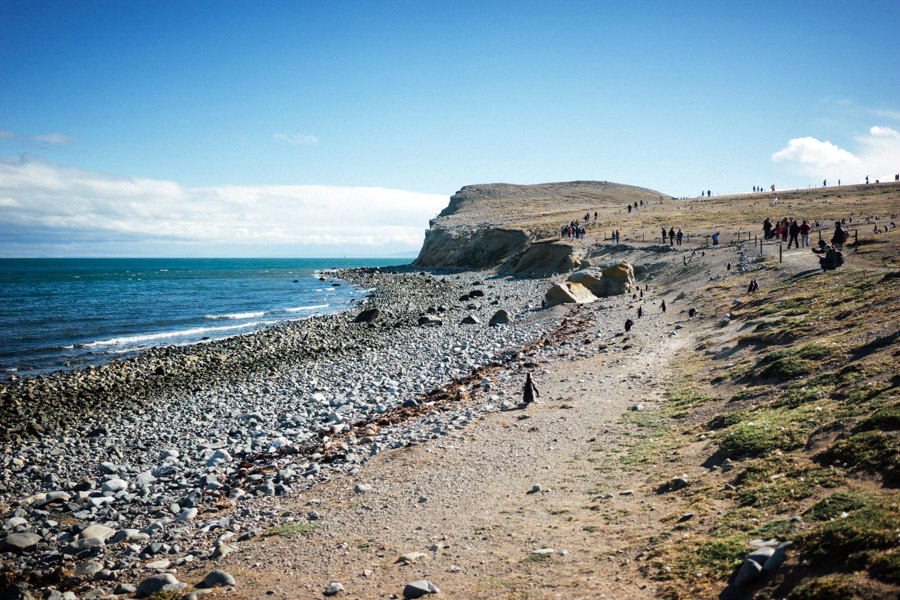

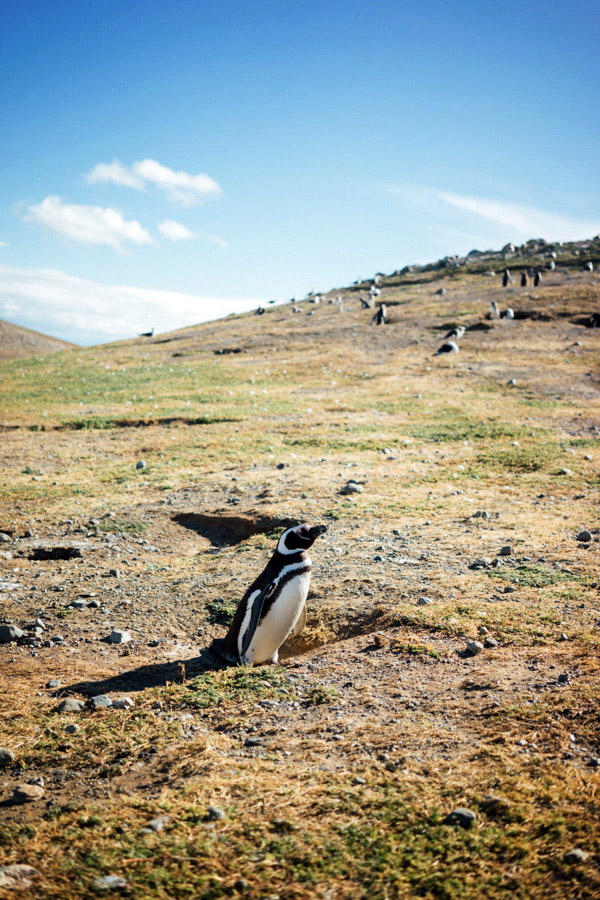


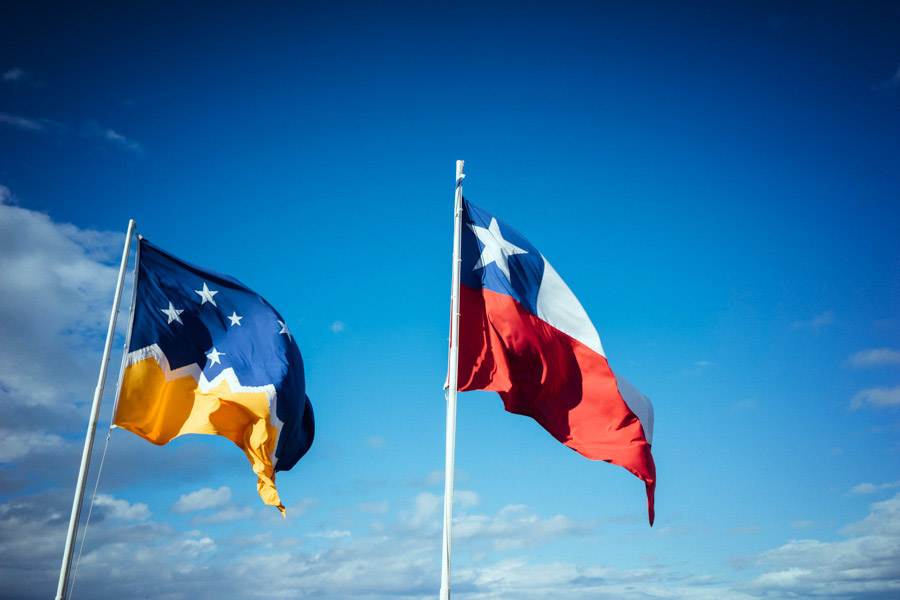



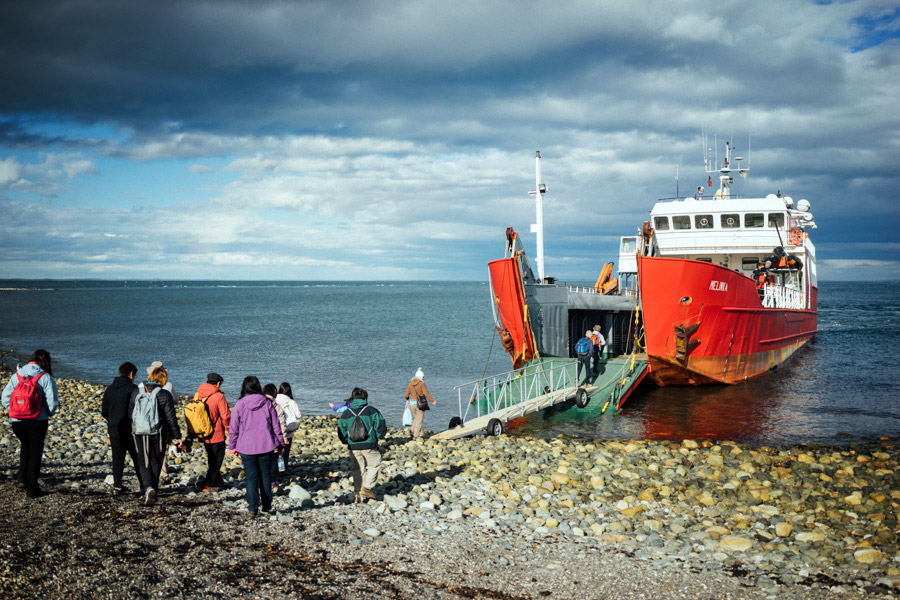
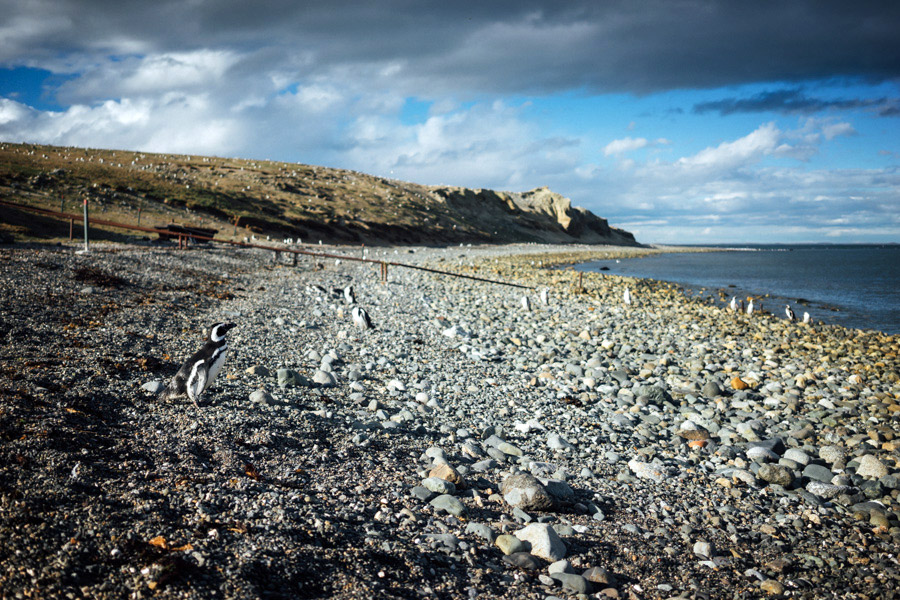
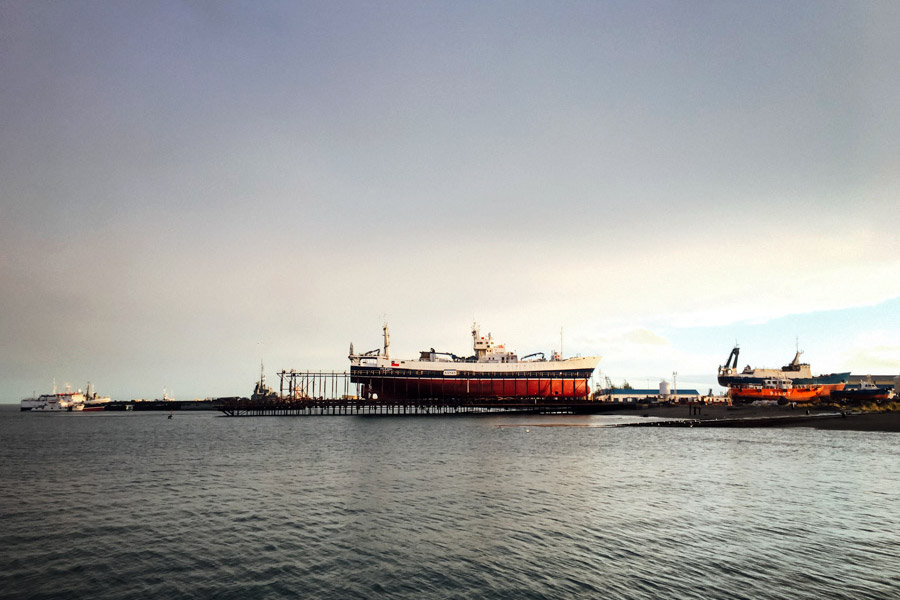
Links
Puerto Natales is the entrance to the park. Buses to and from El Calafate are available to get there, but the best way is with Navimag or by plane.
Torres Del Paine is a unique park and an experience like no other. Plan weeks or months in advance if you want to do the 5 or 10 days trek, respectively the W and the O. It seems well worth it but requires significant gear.
Punta Arenas is the closest point to Ushuaia. A few more parks can be visited from the town, including Isla Magdalena, or it can be a starting point to Ushuaia (by cruise or air).


